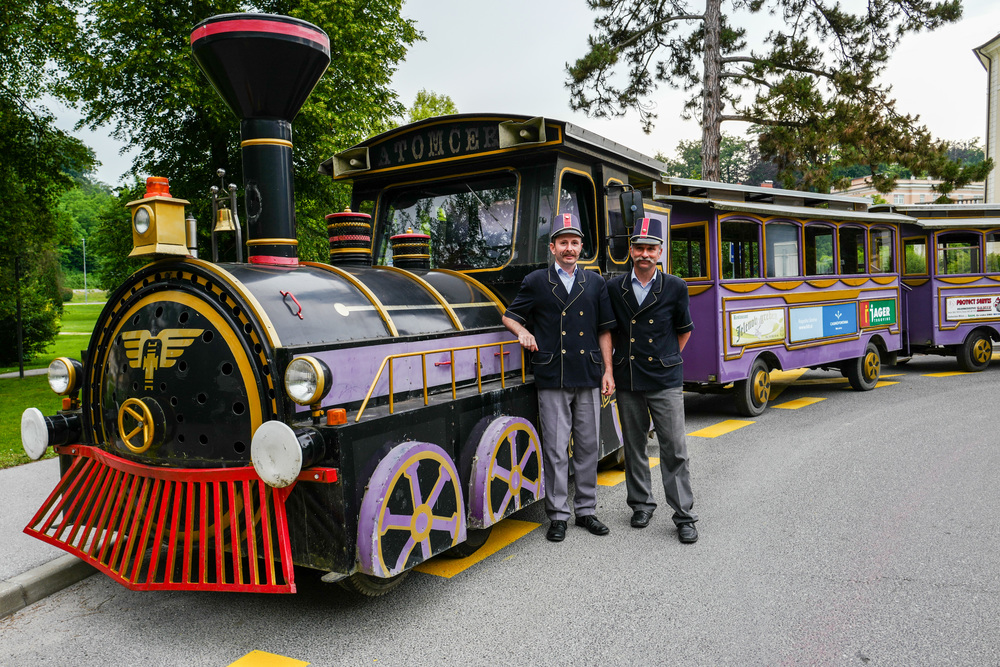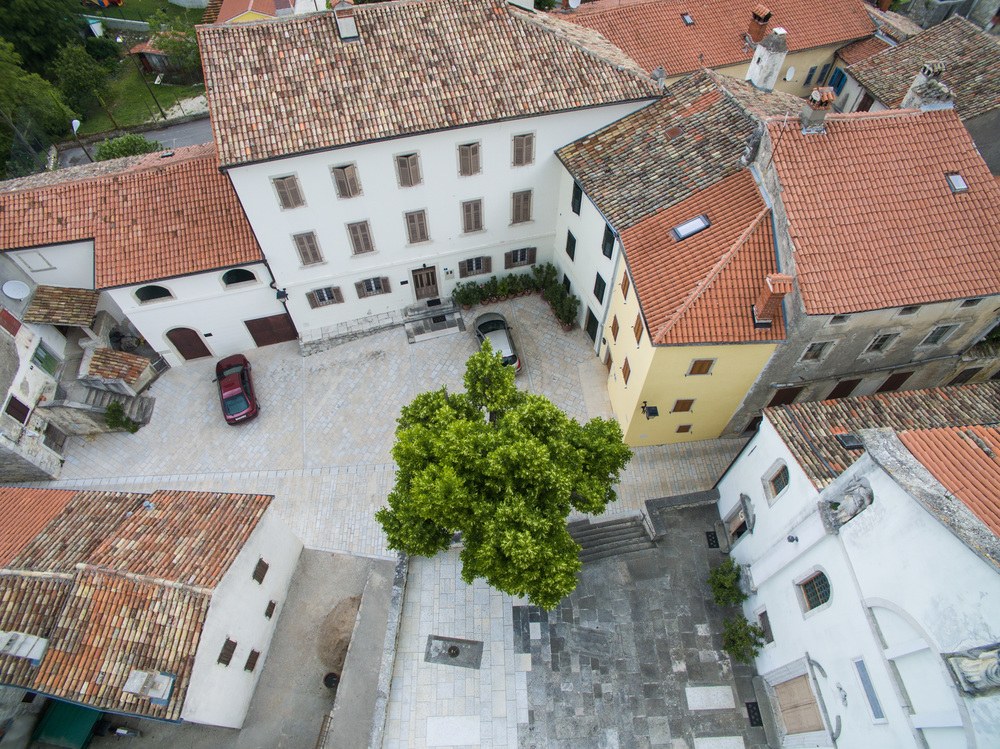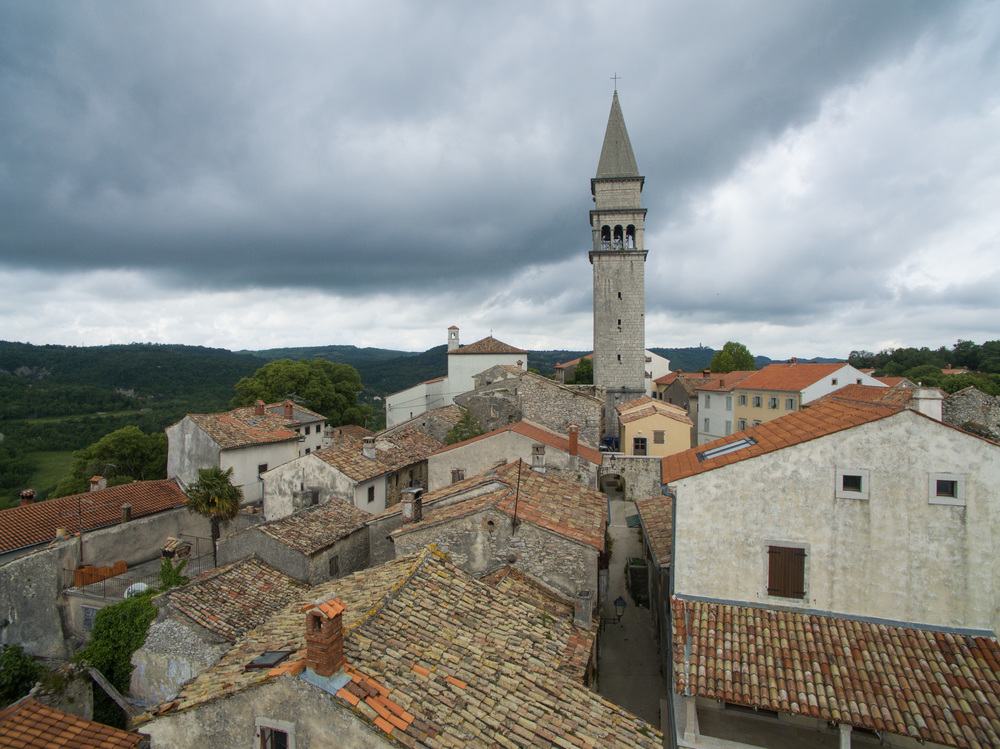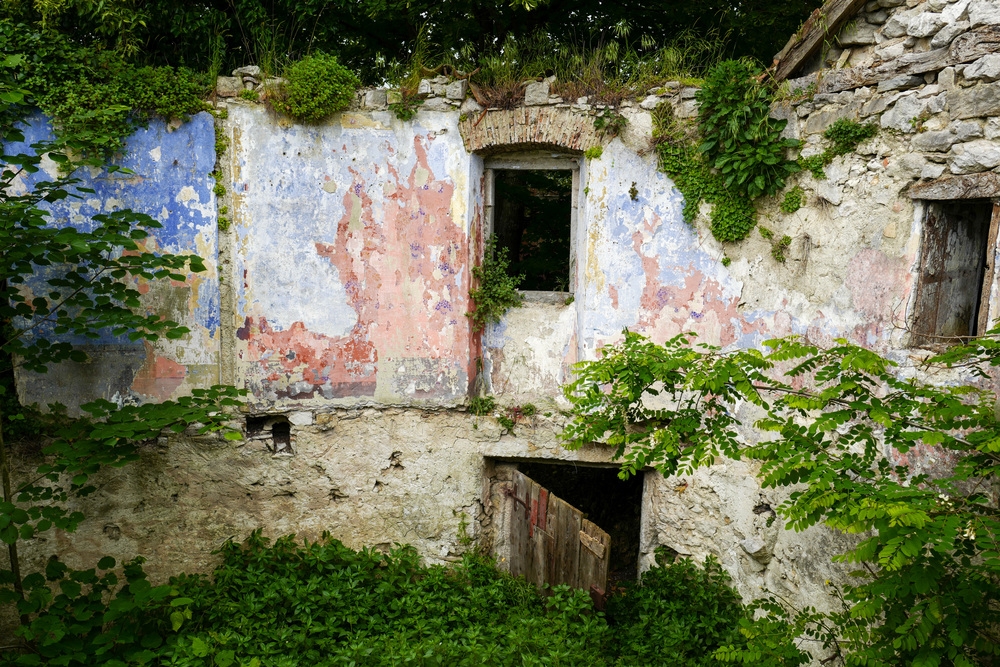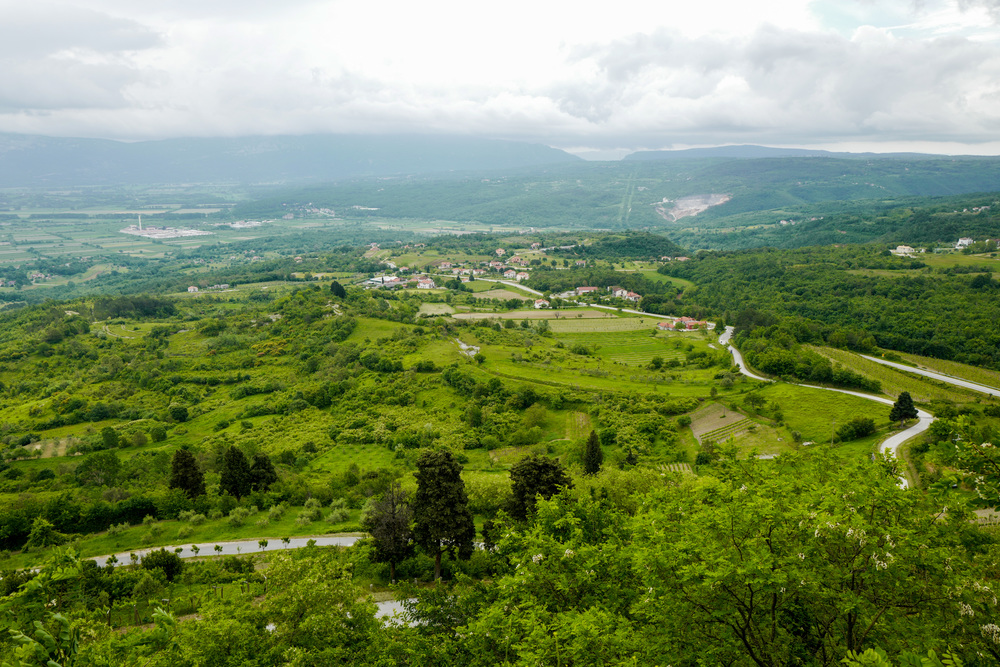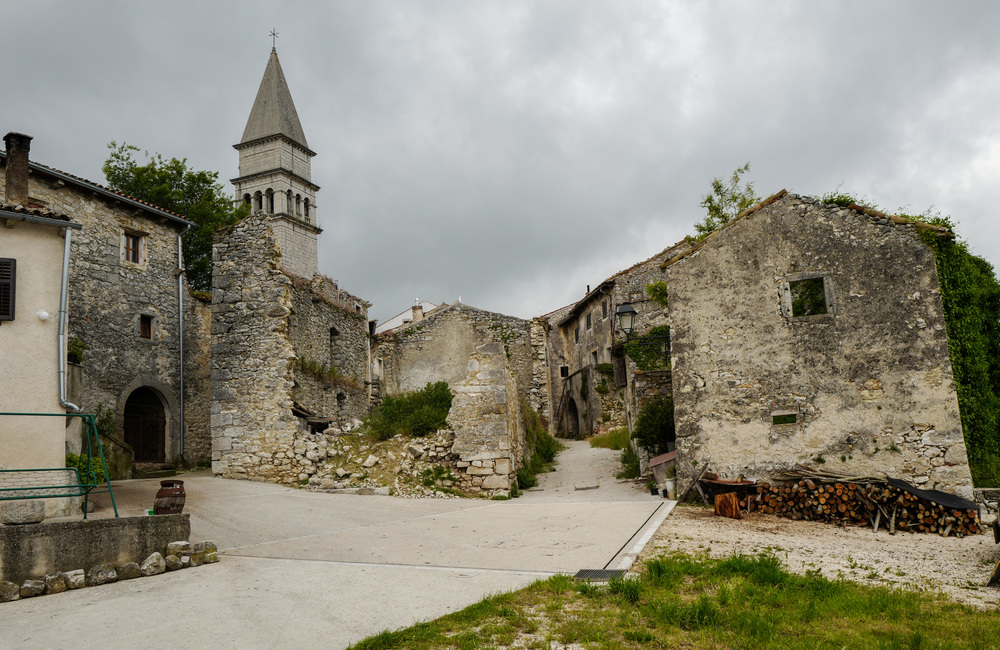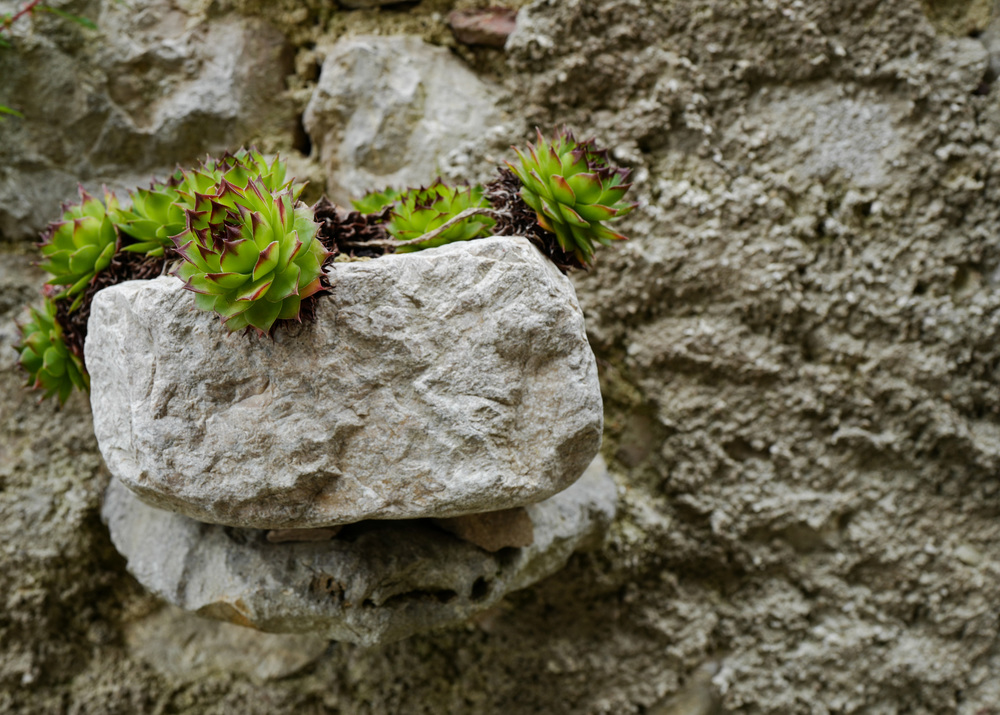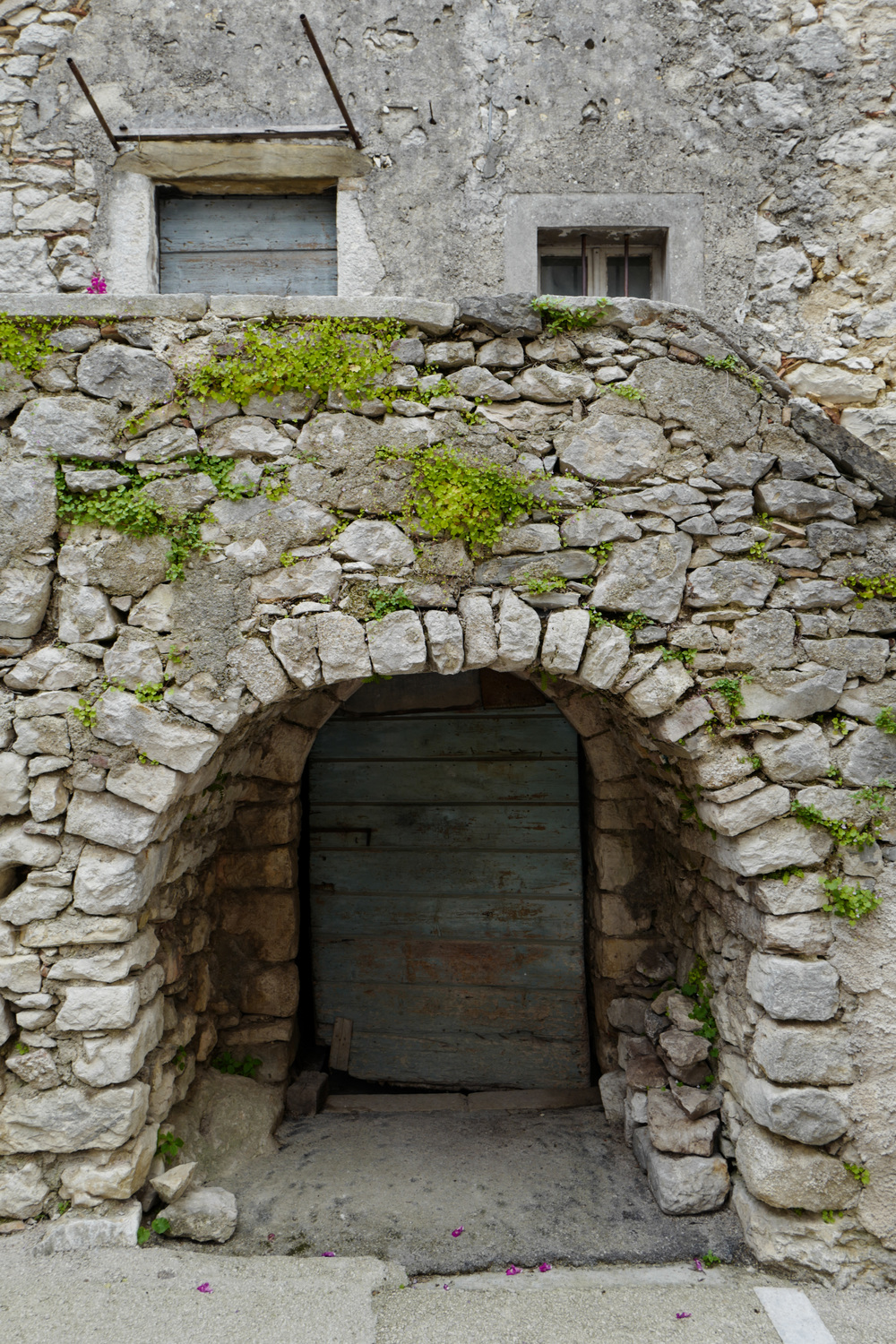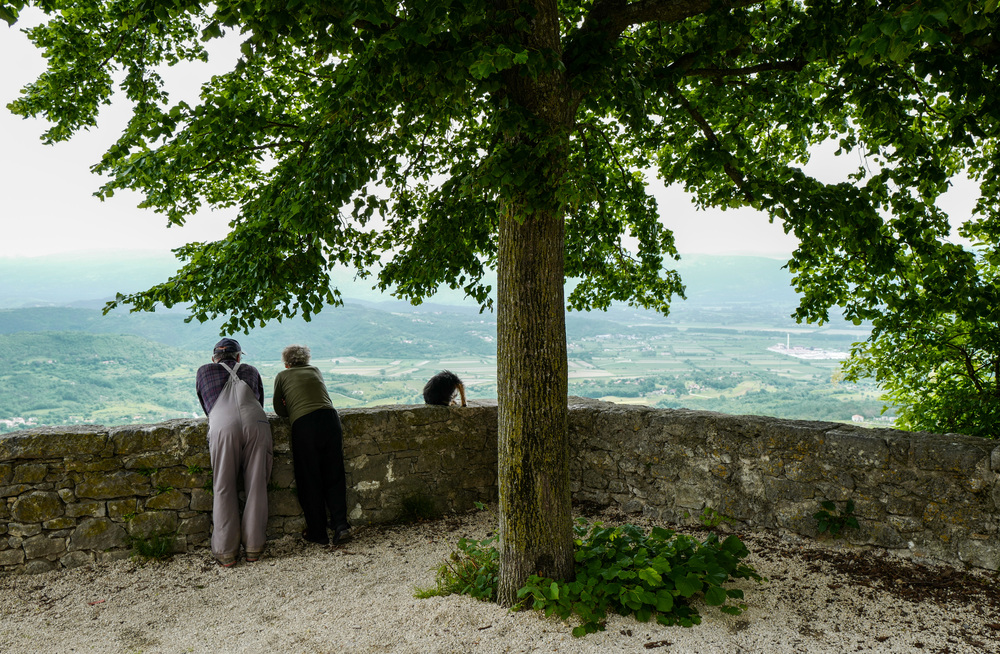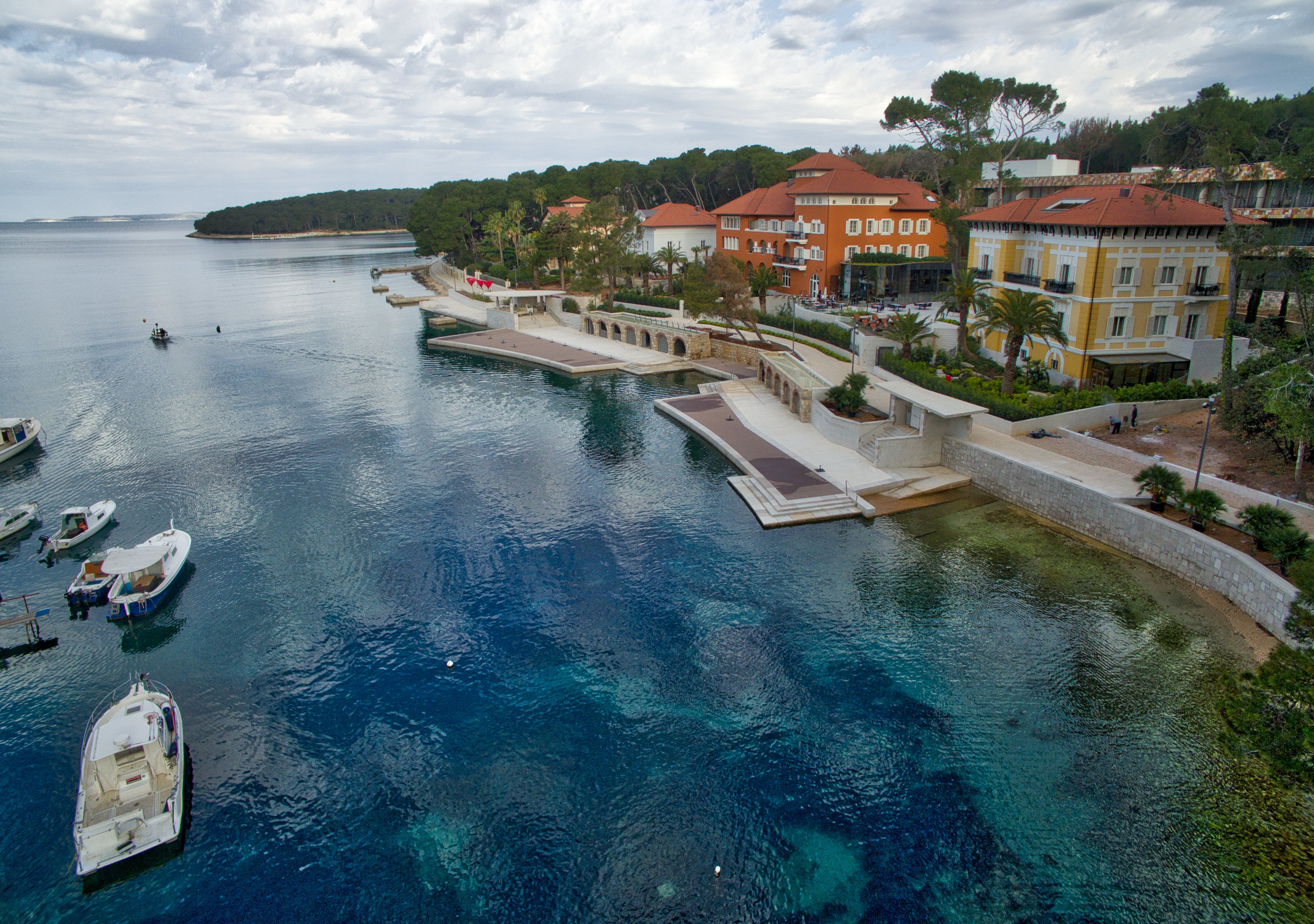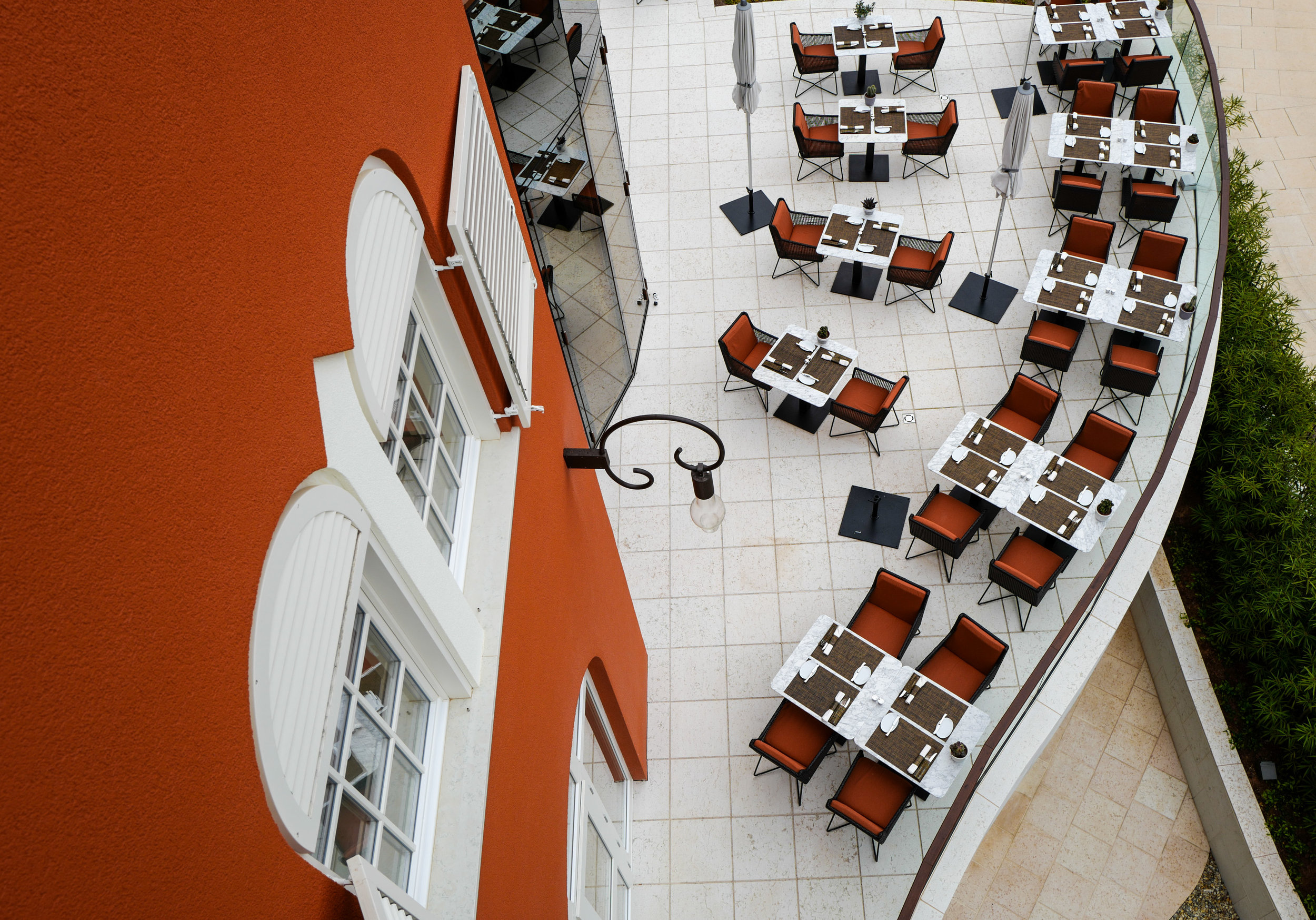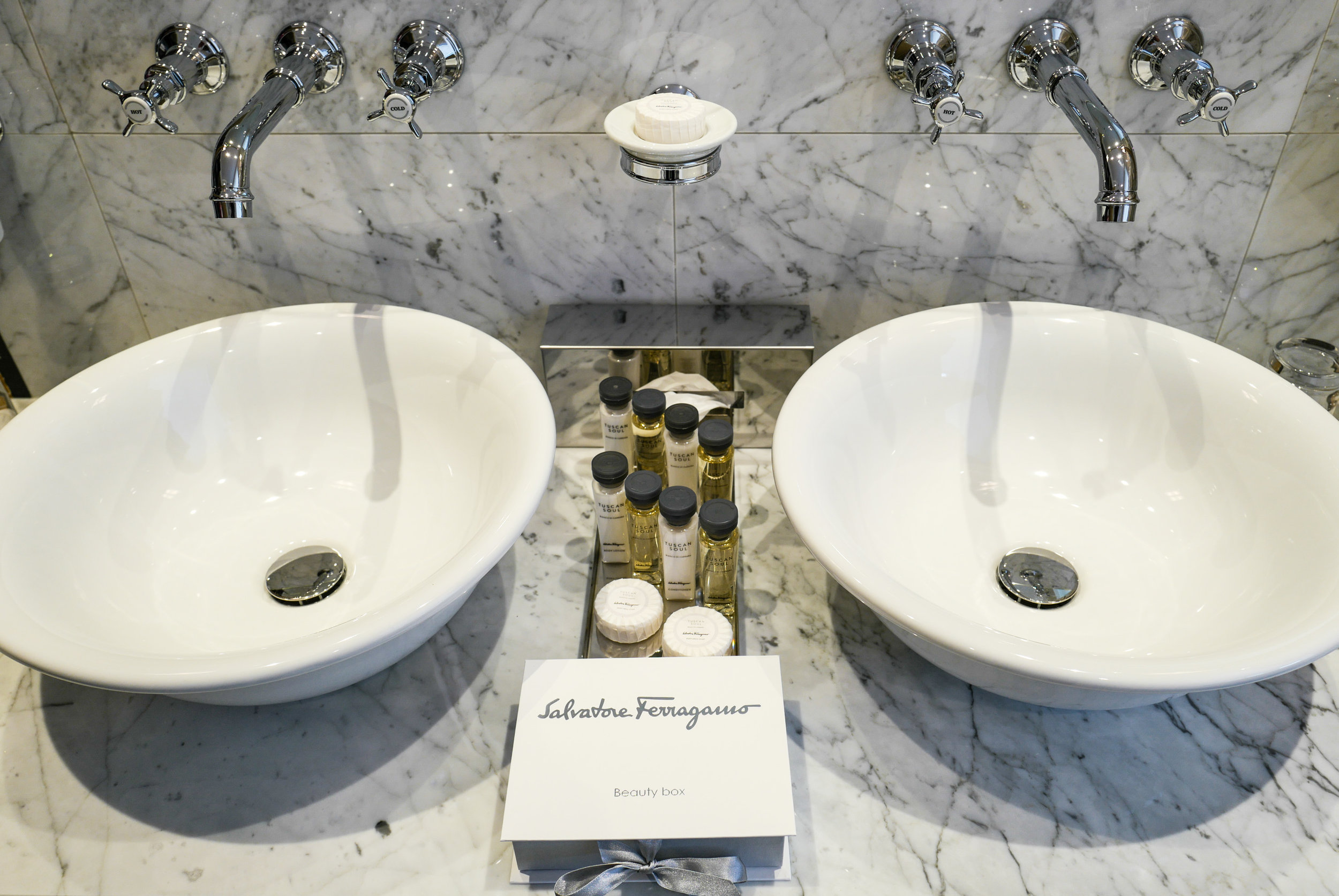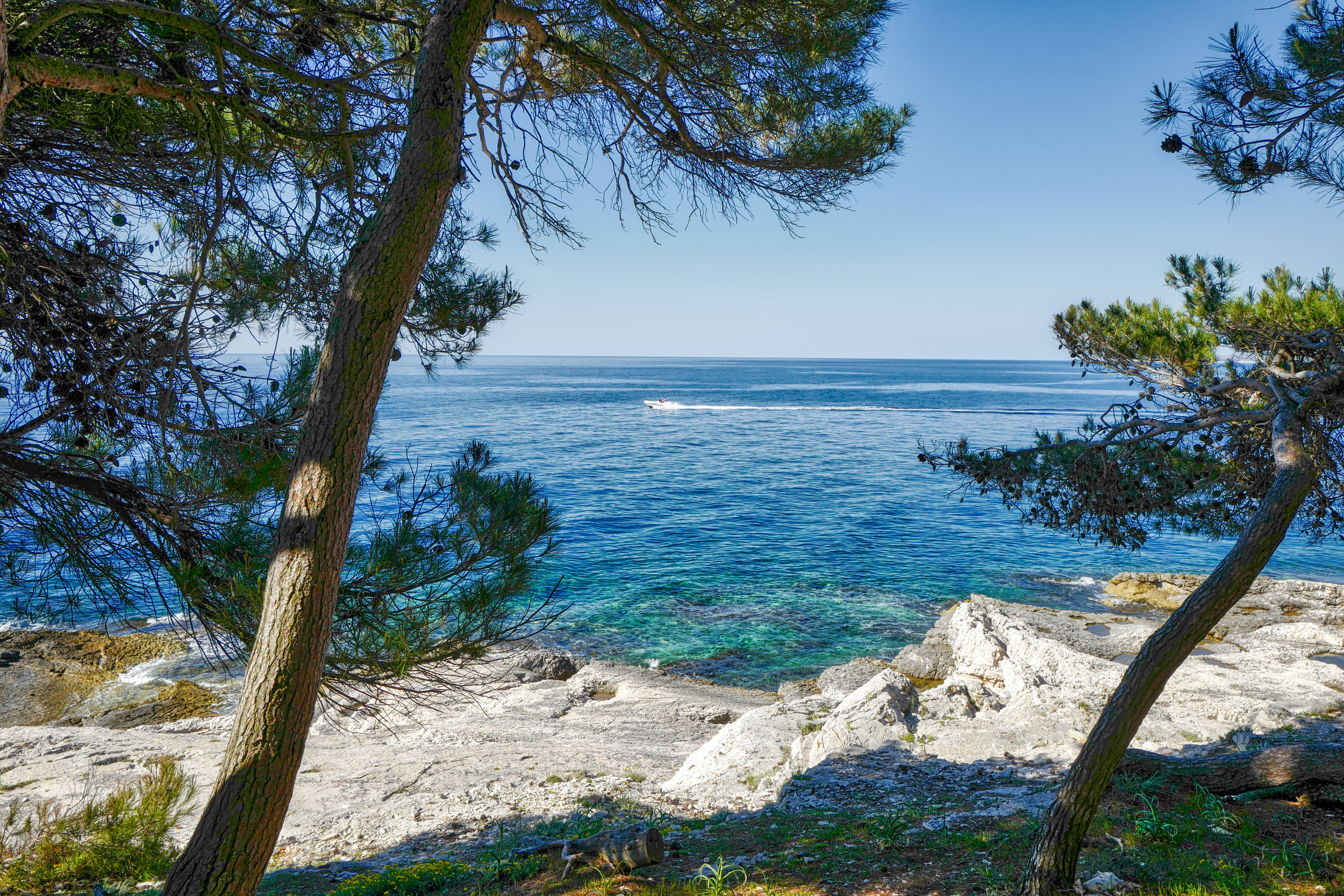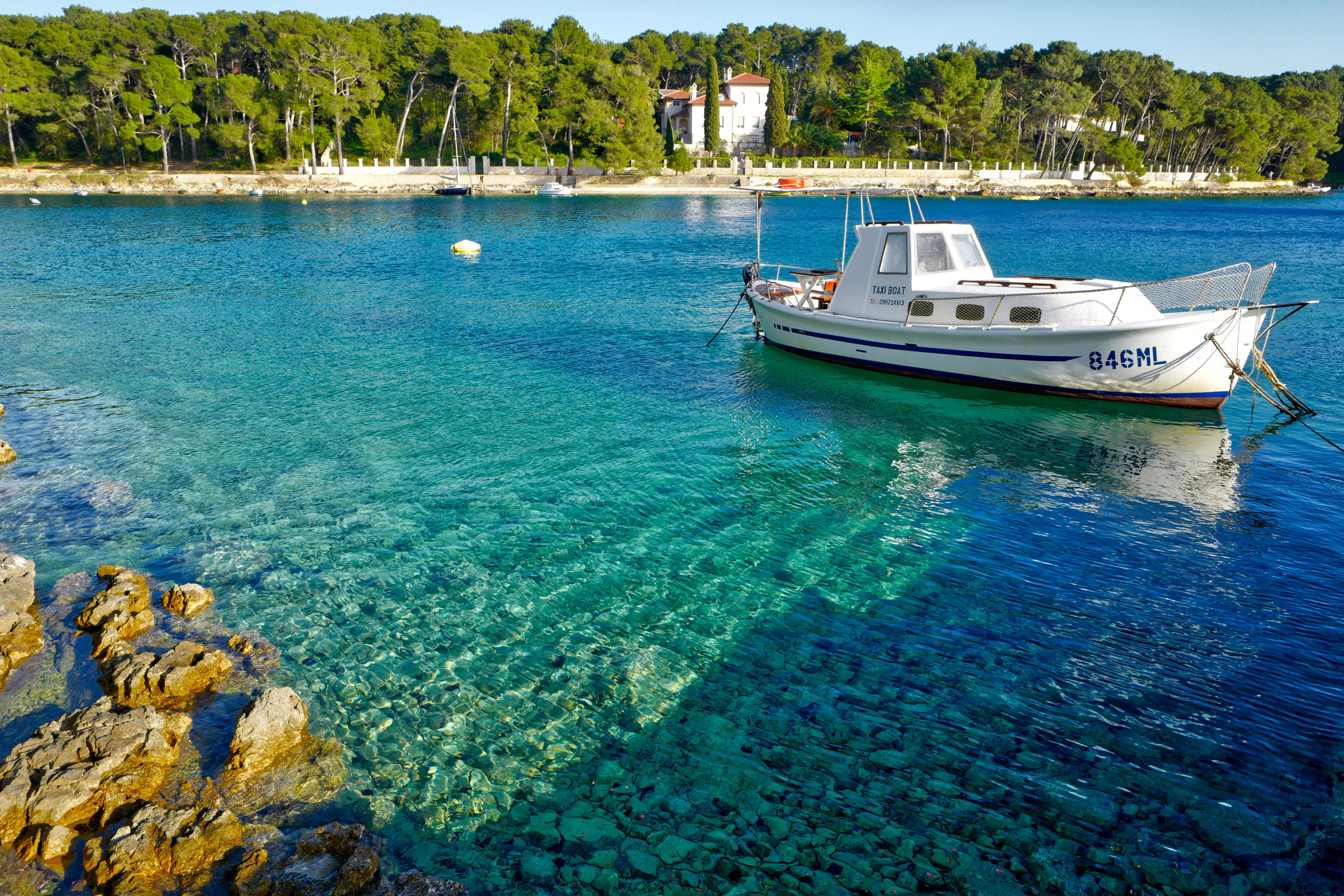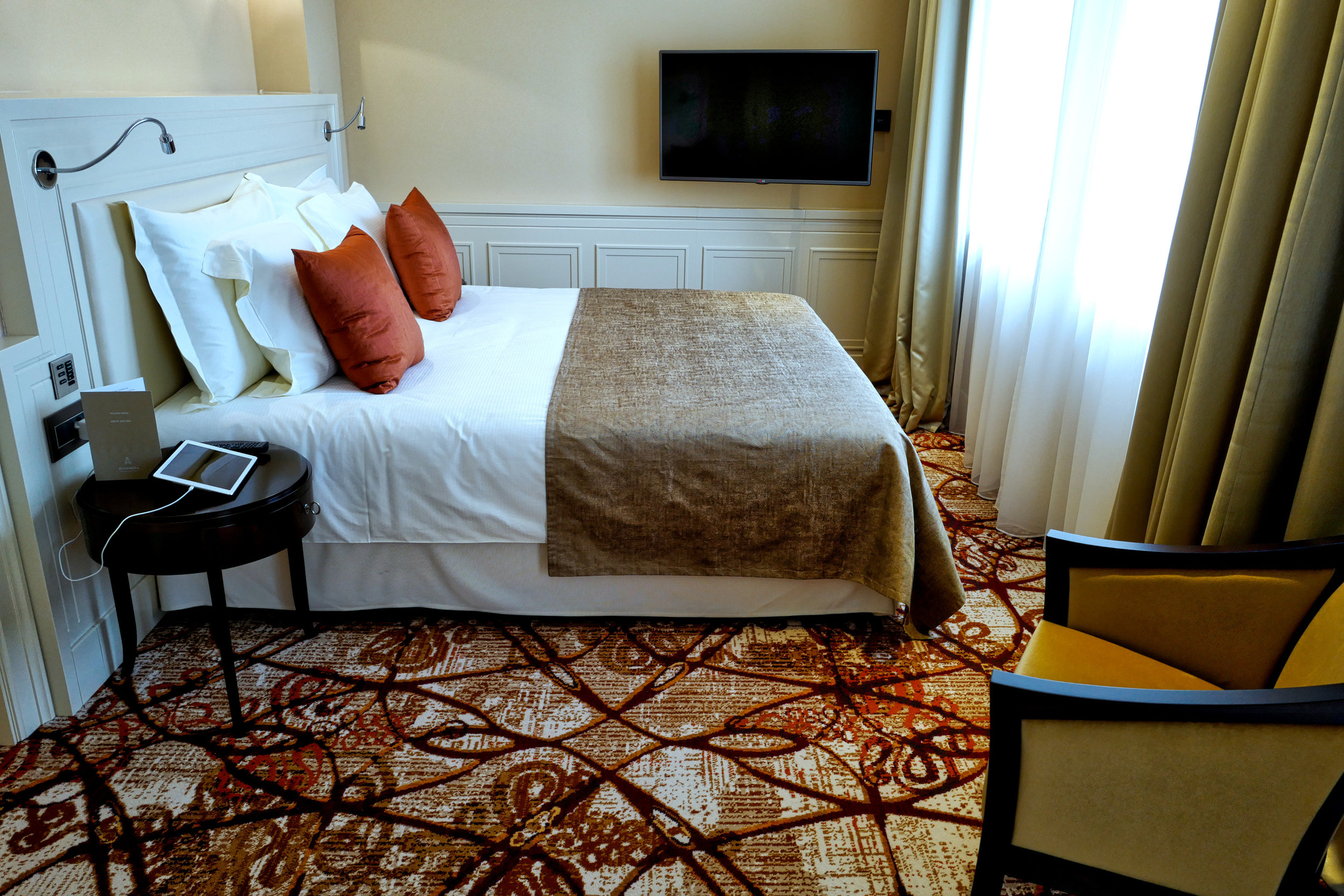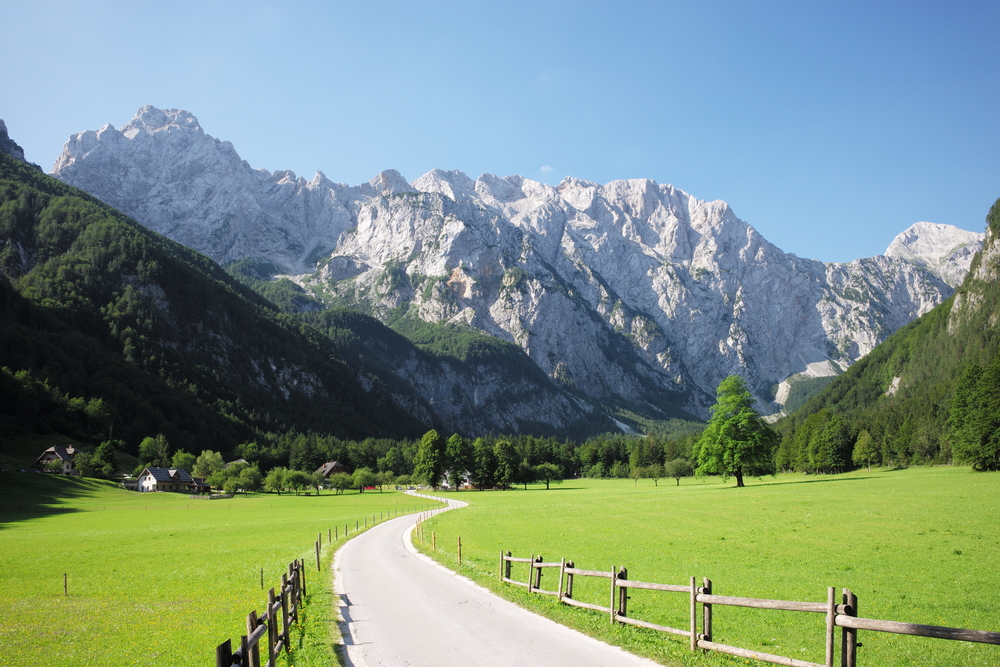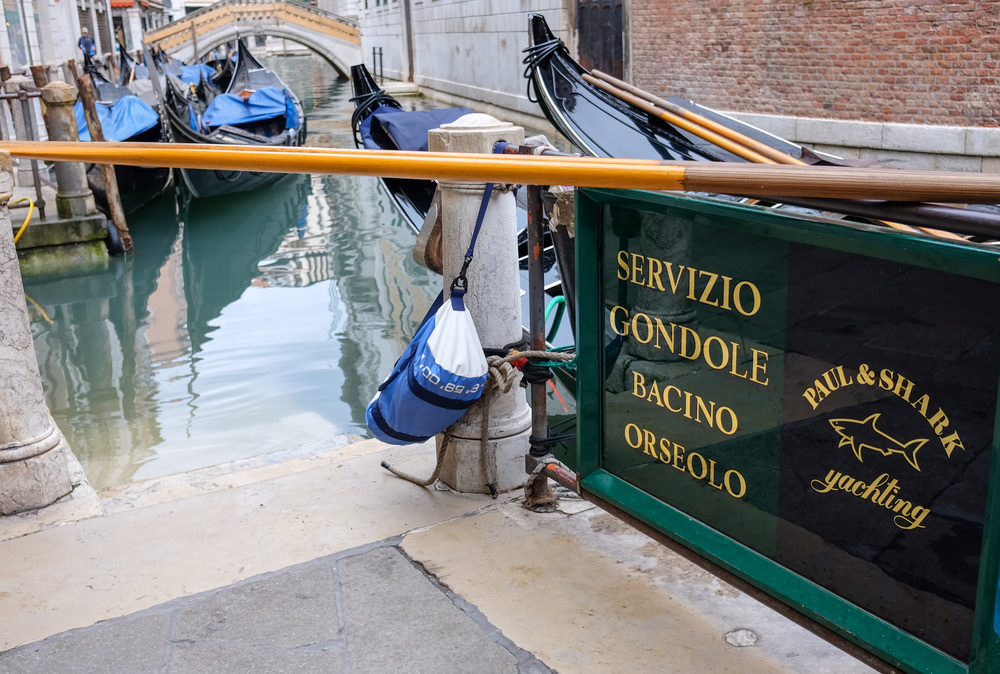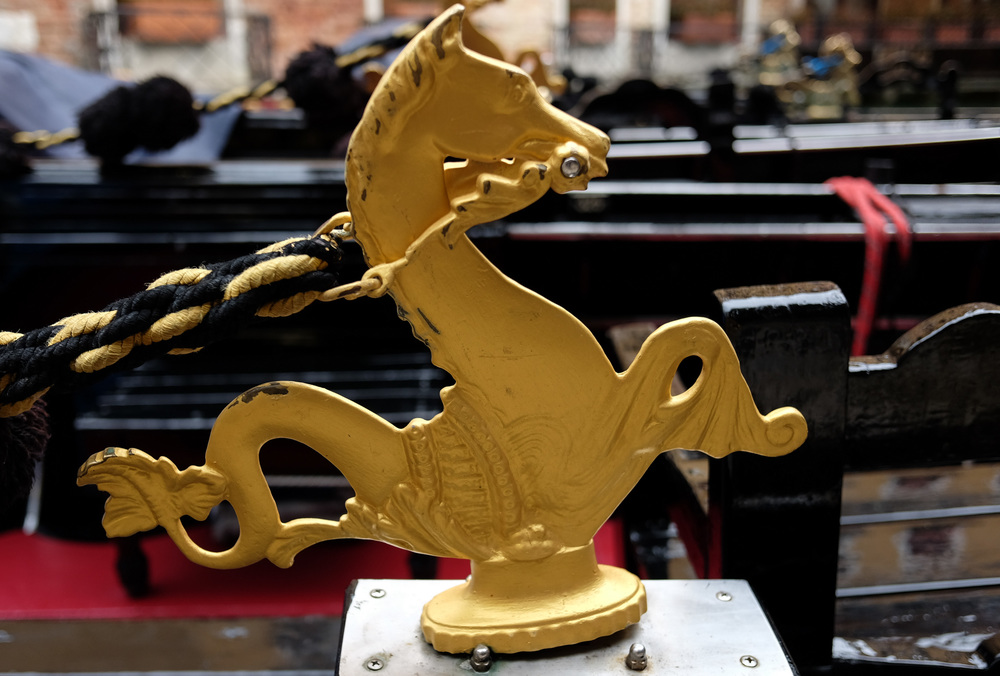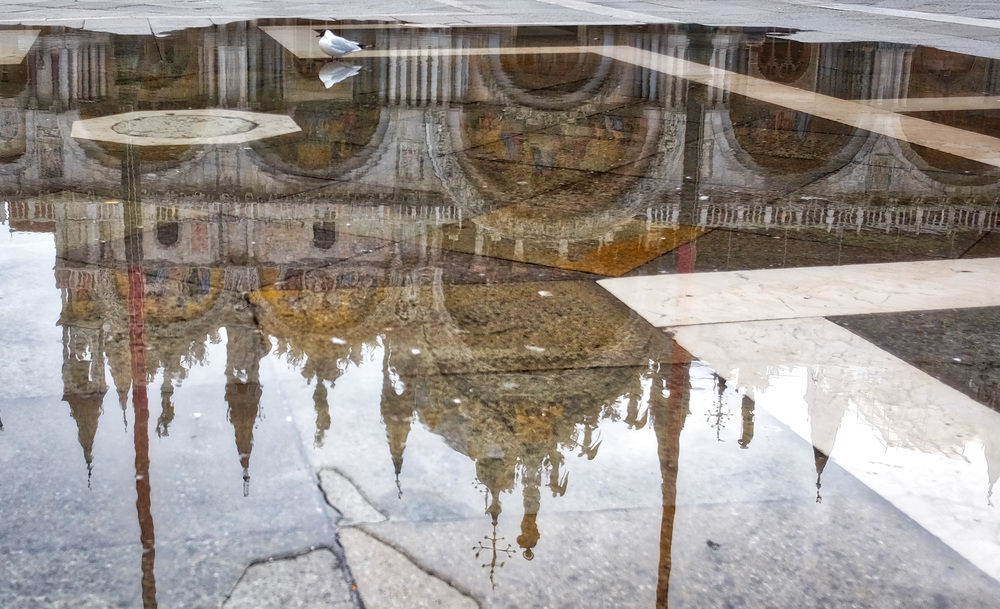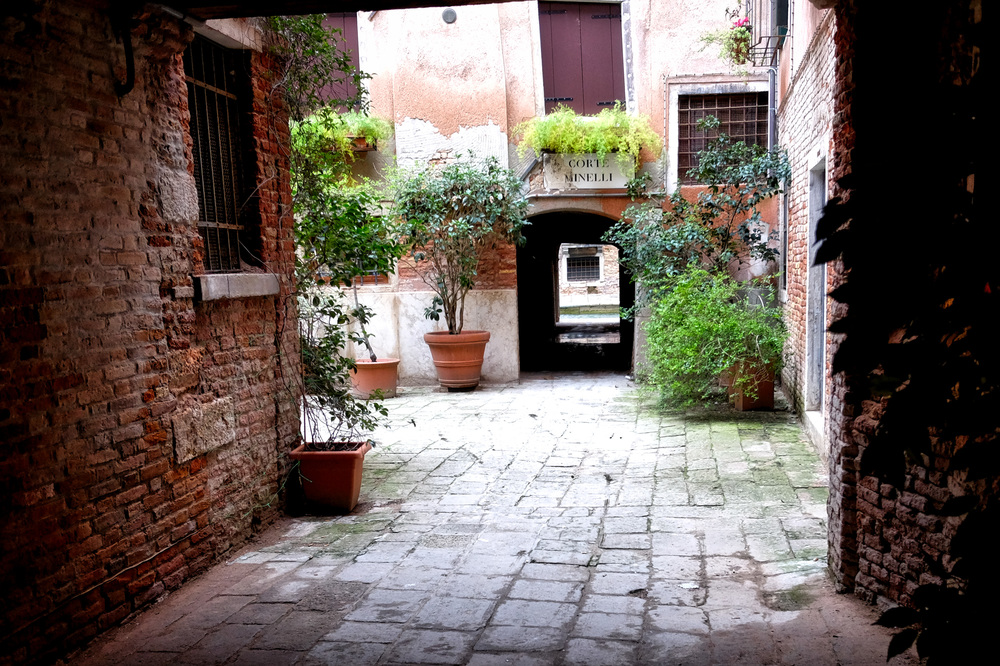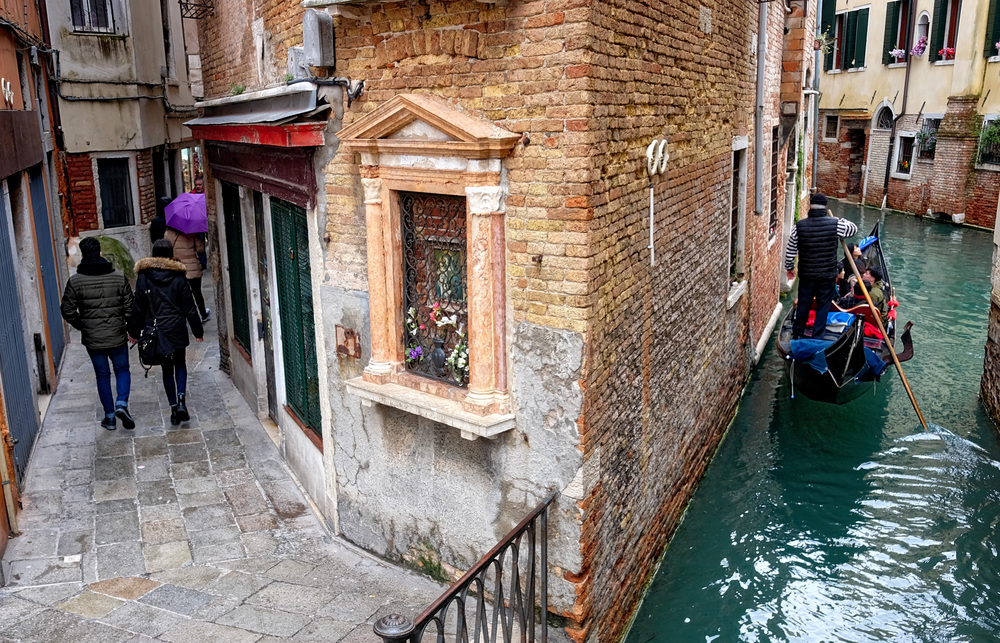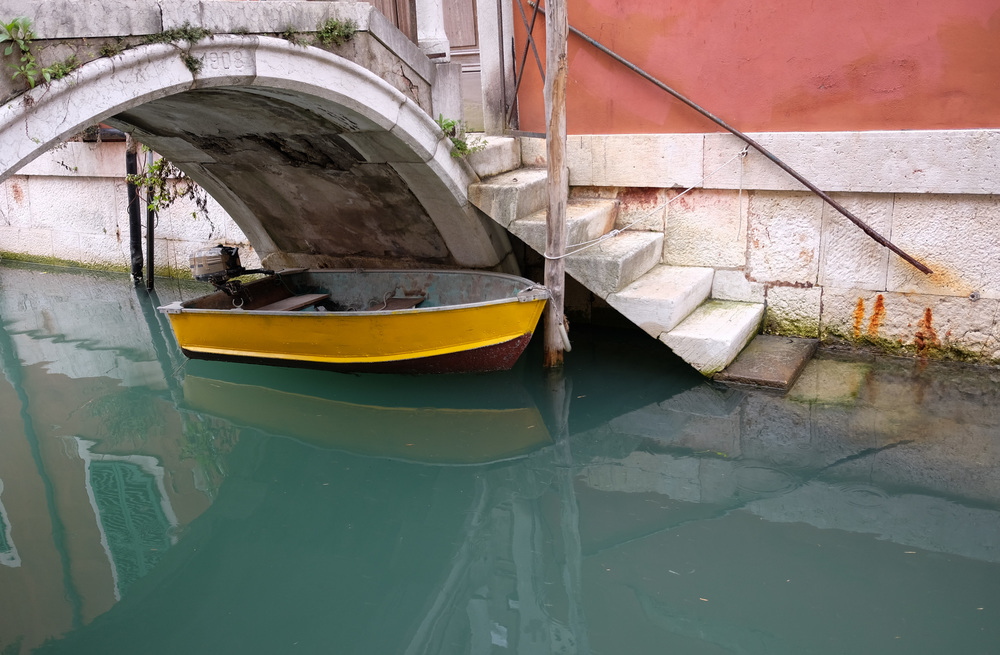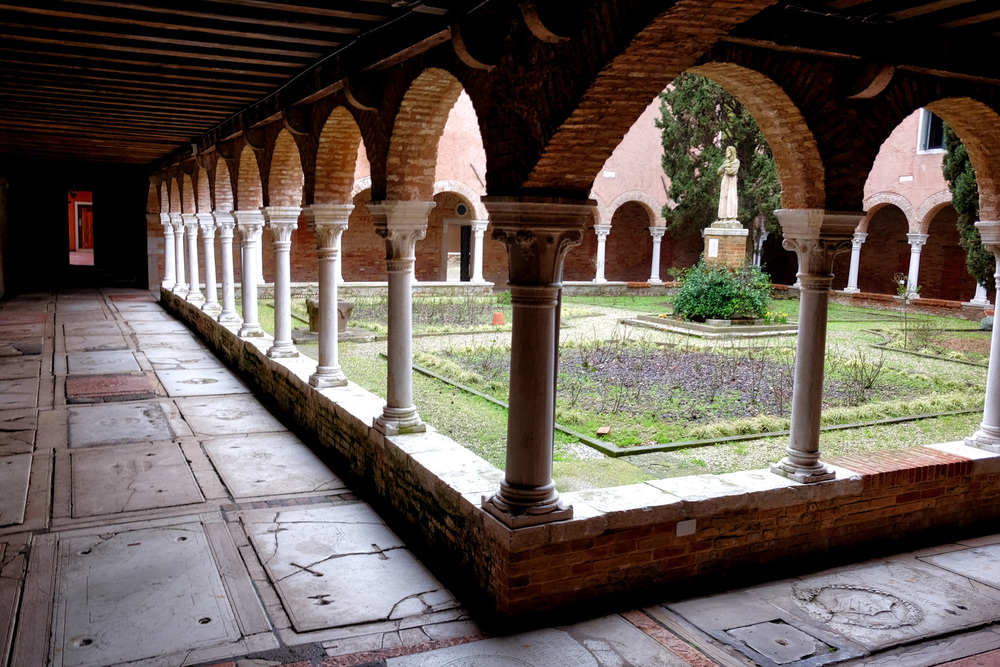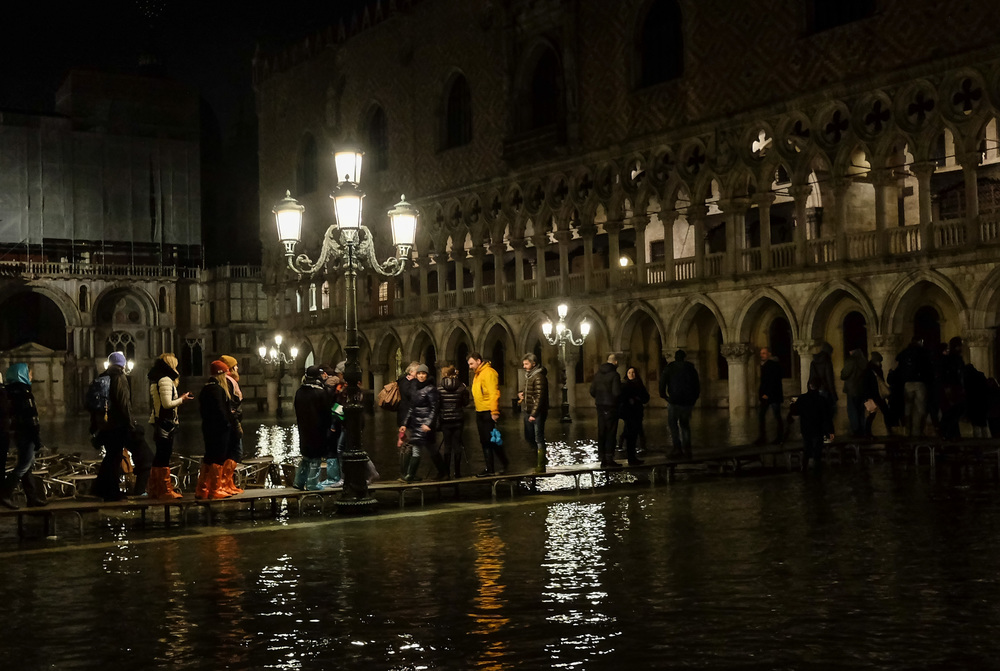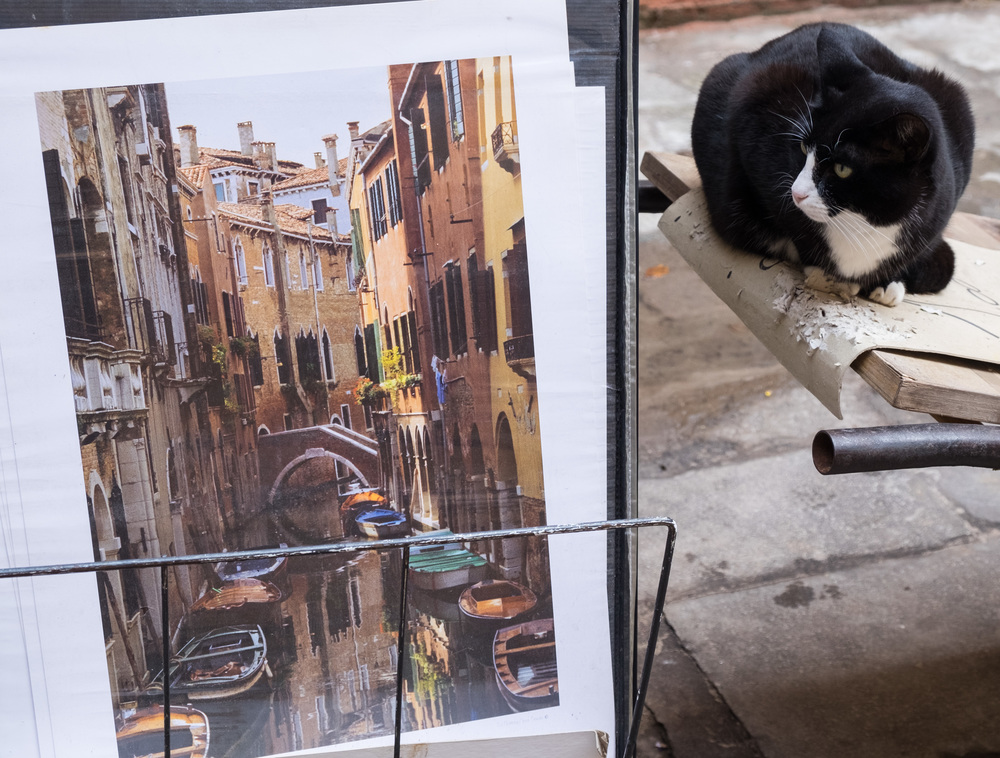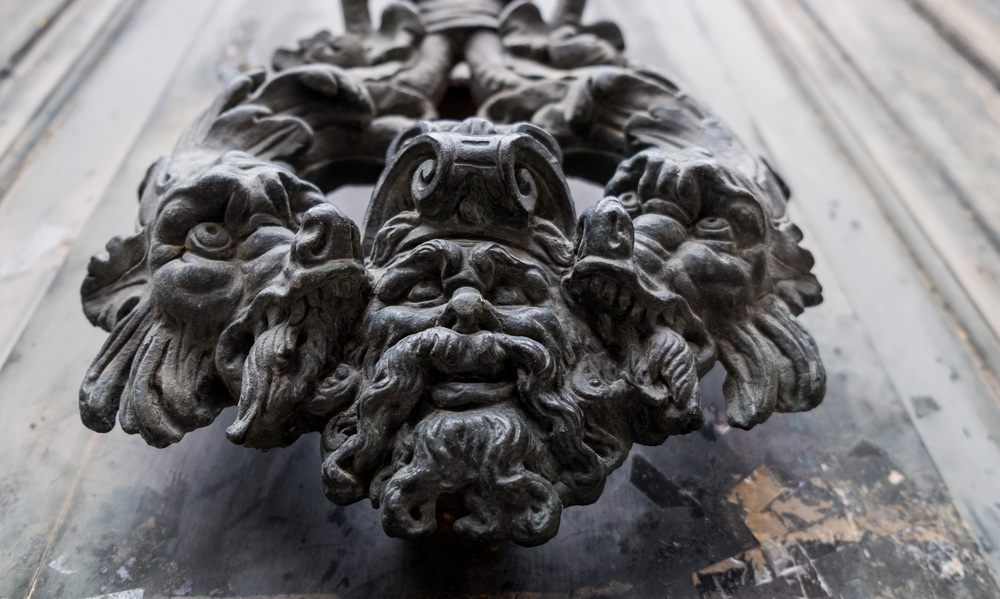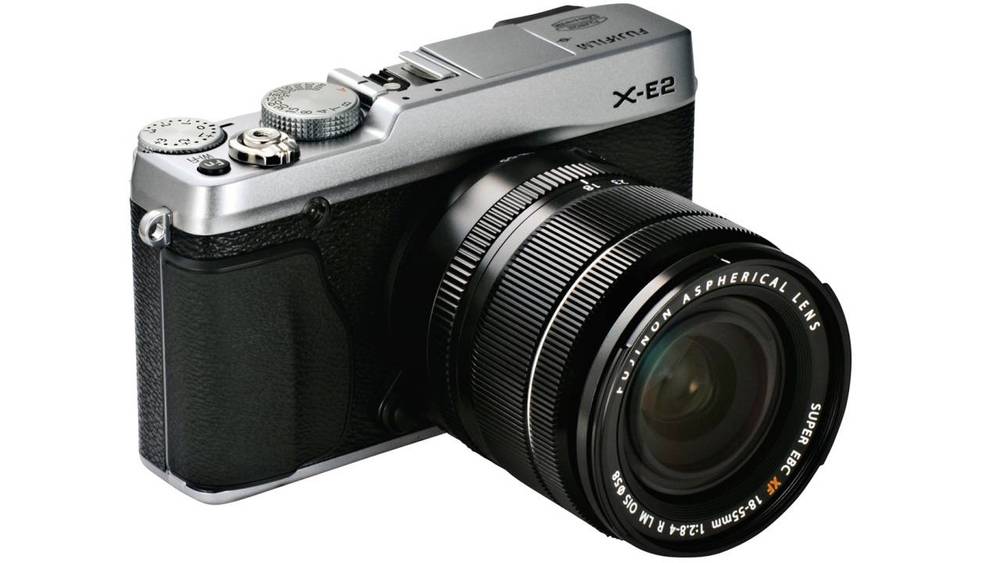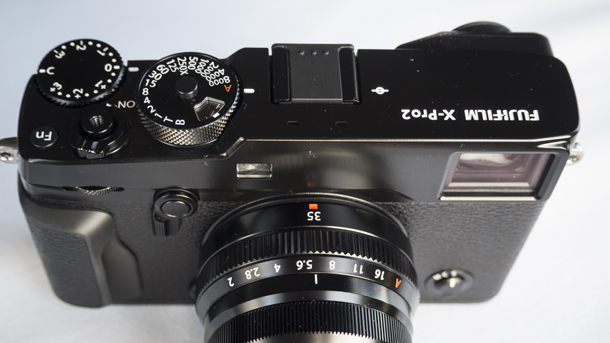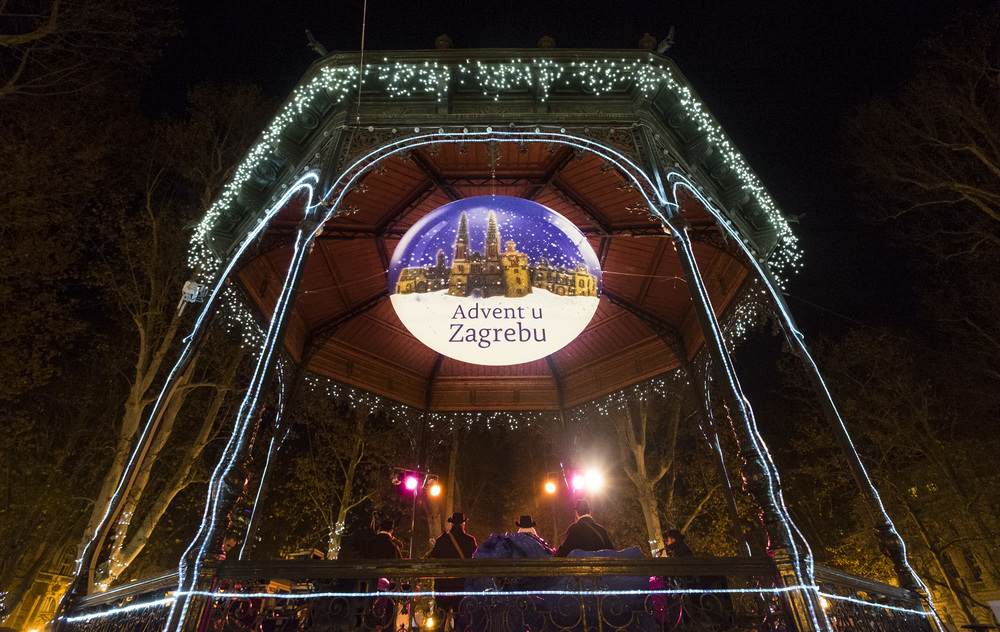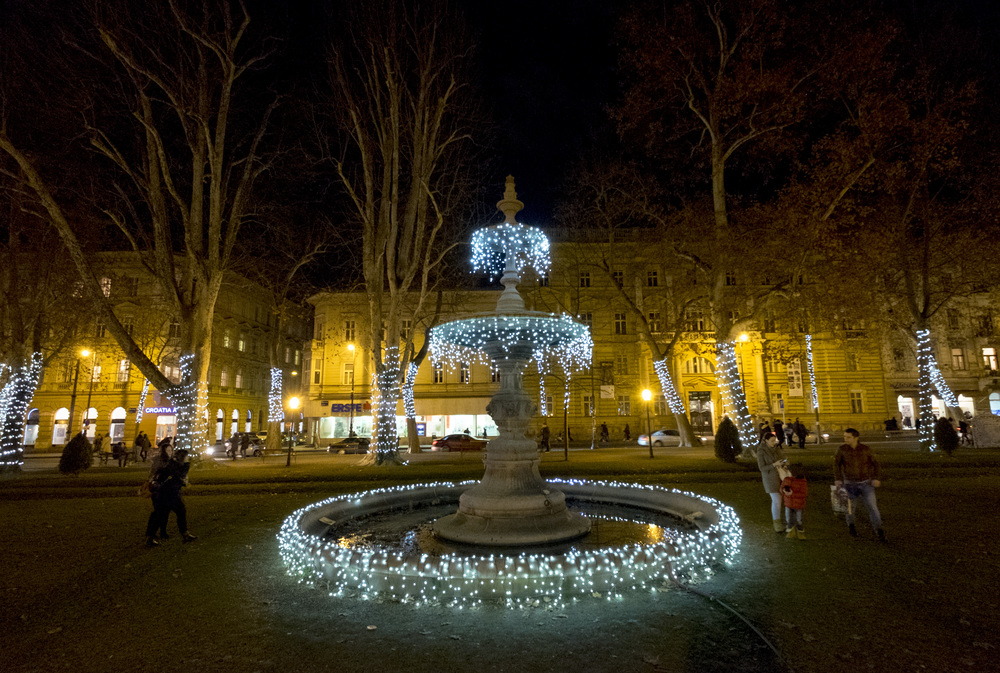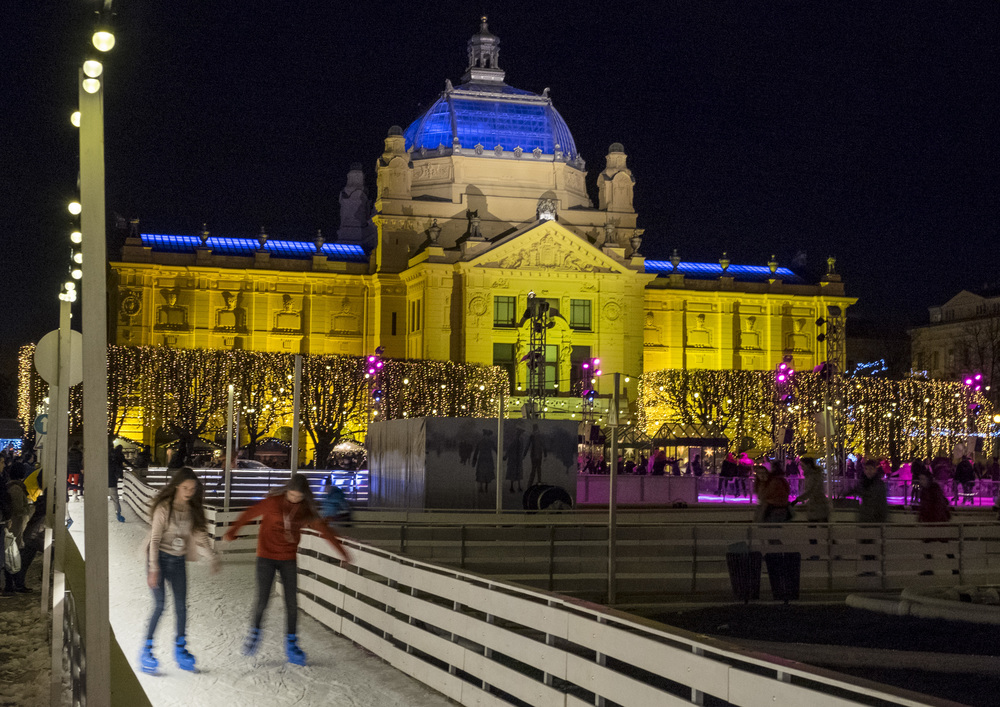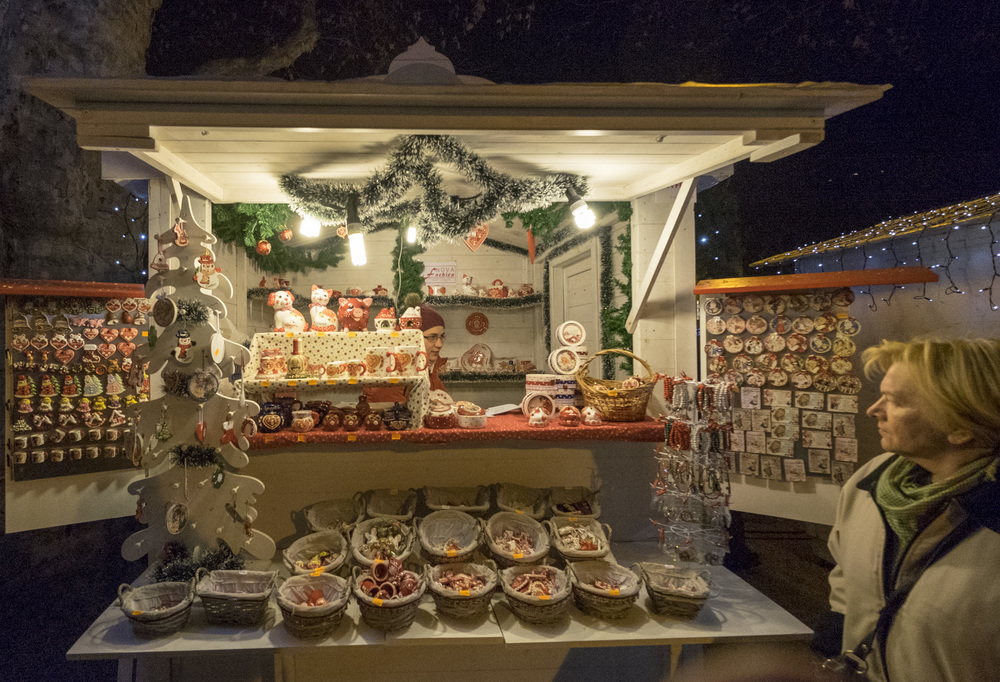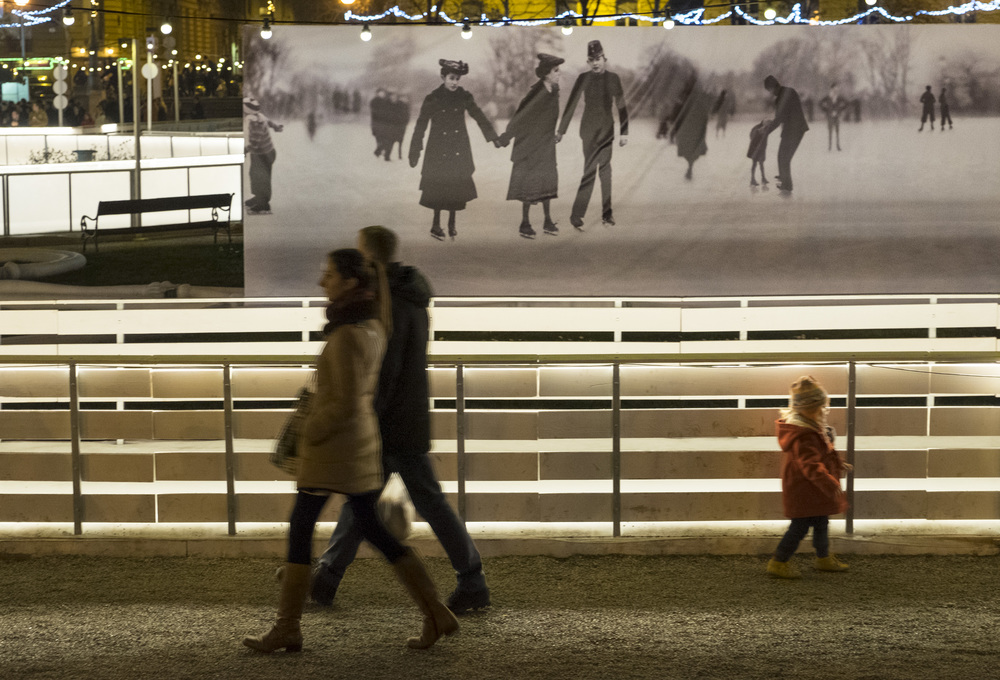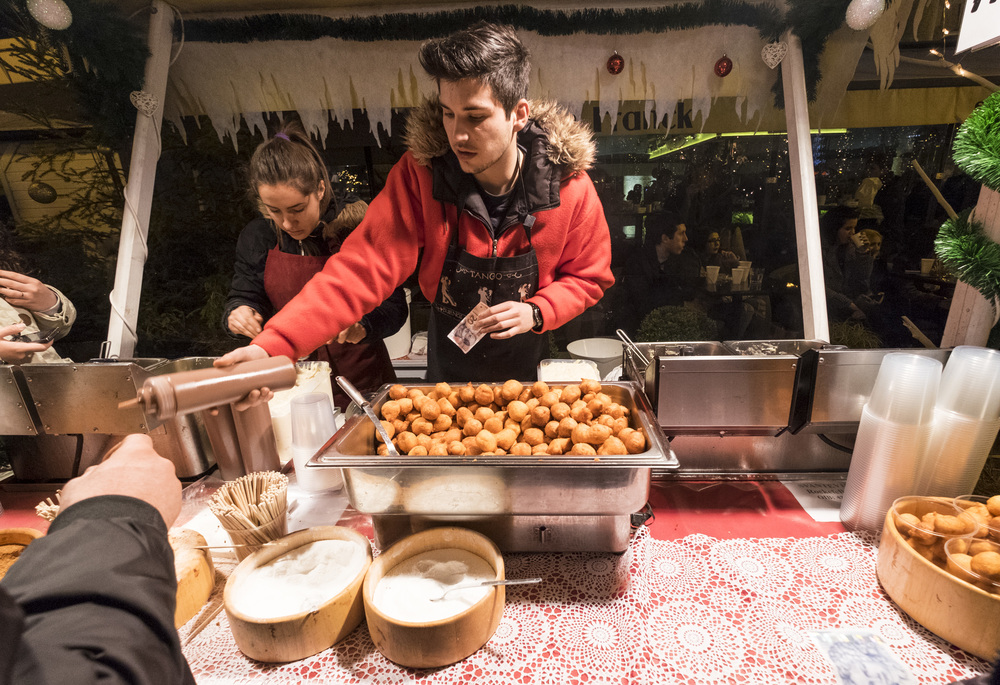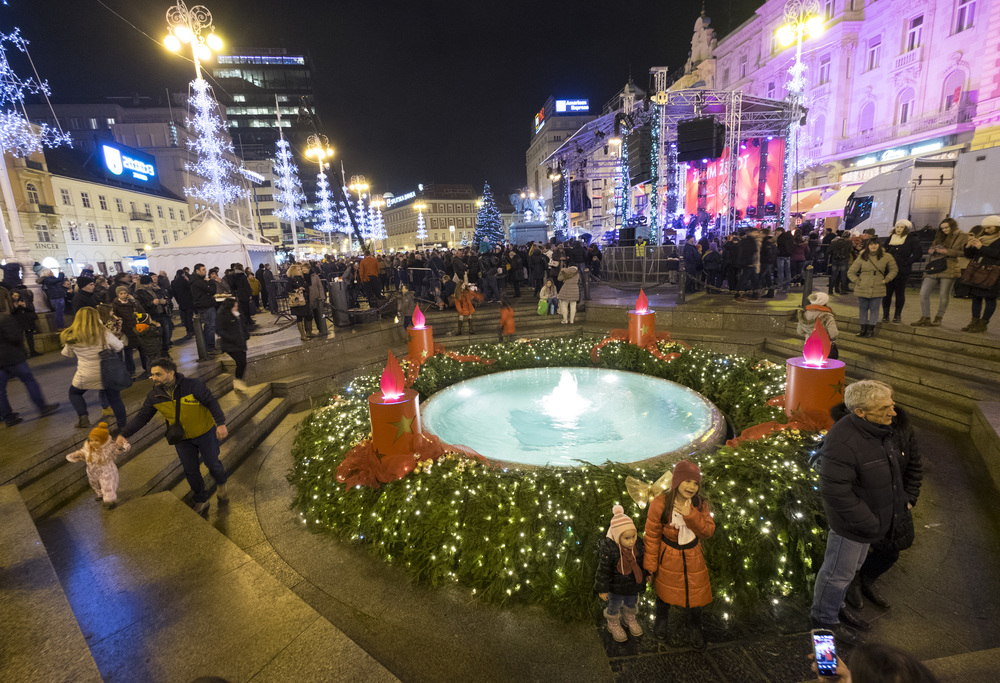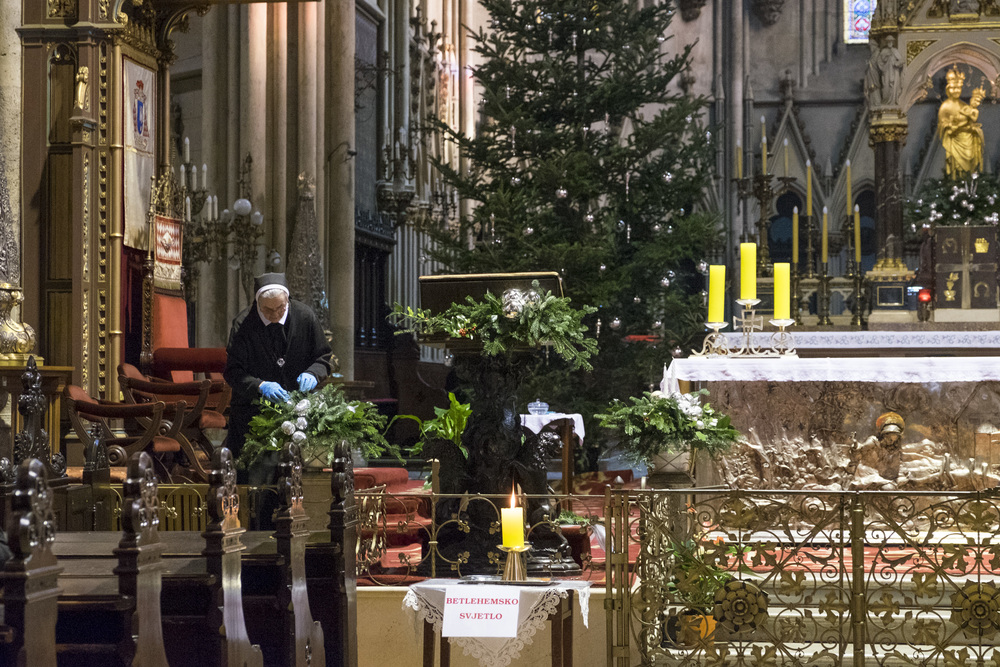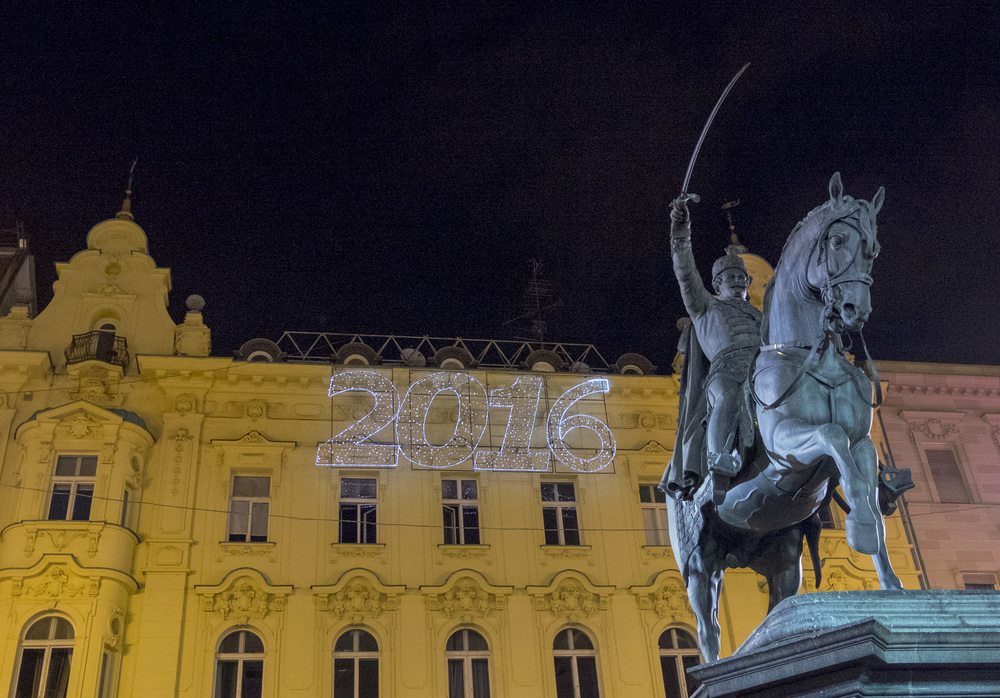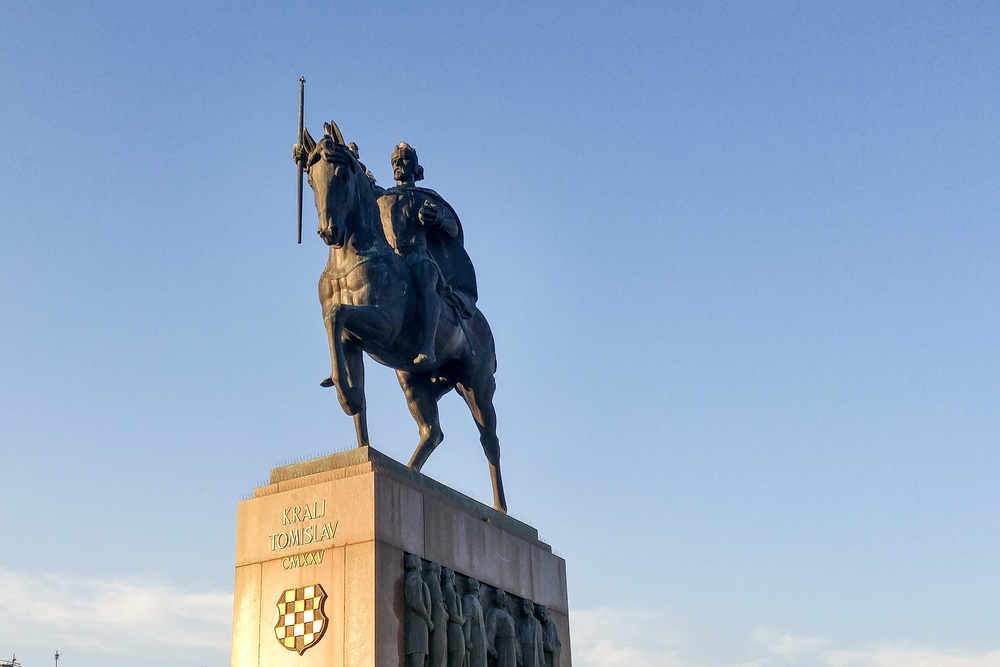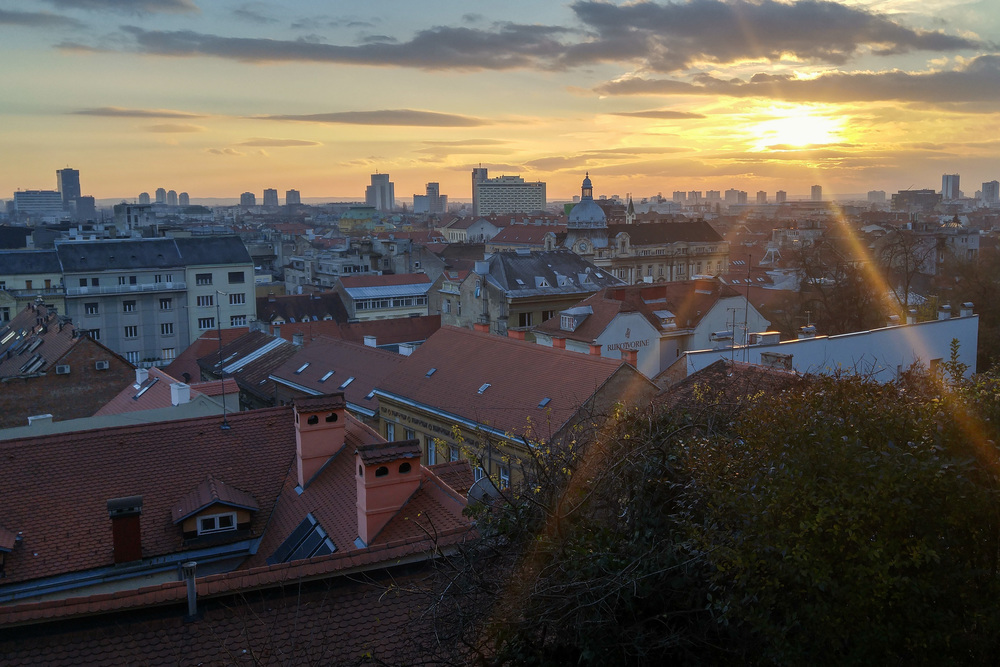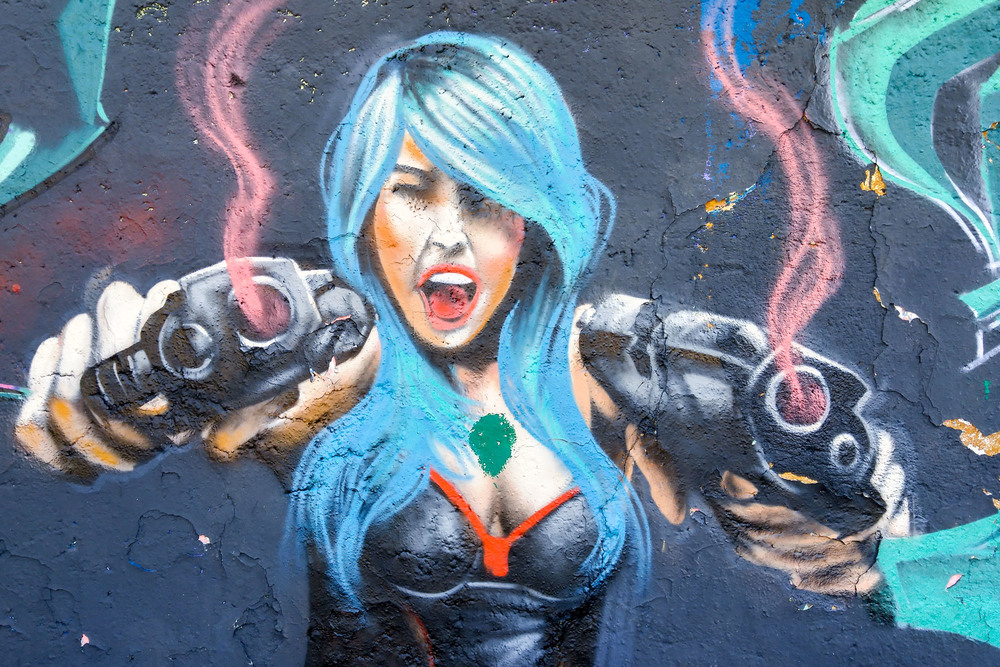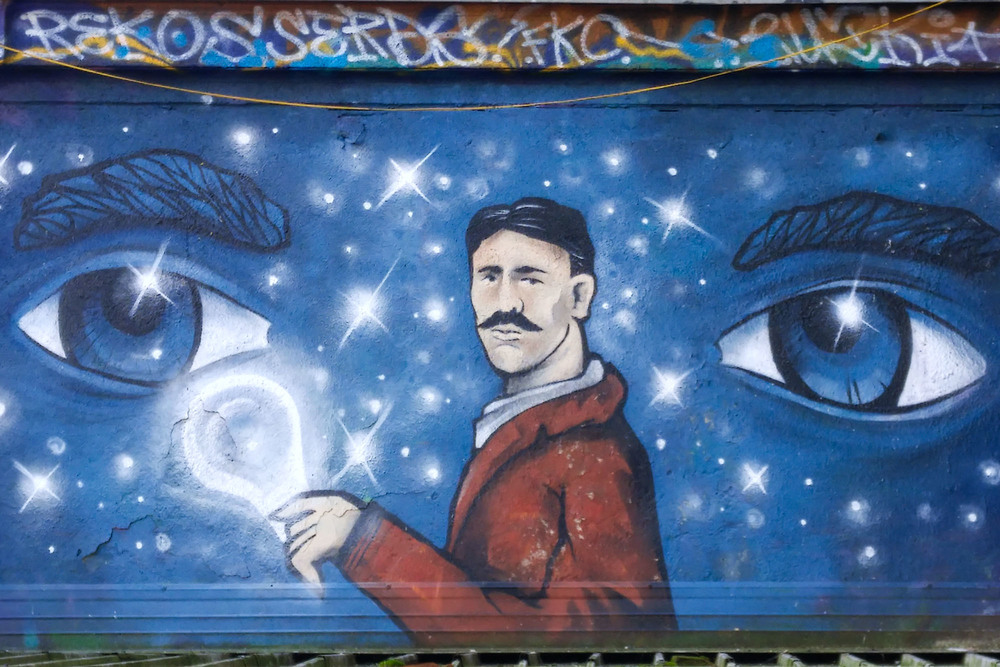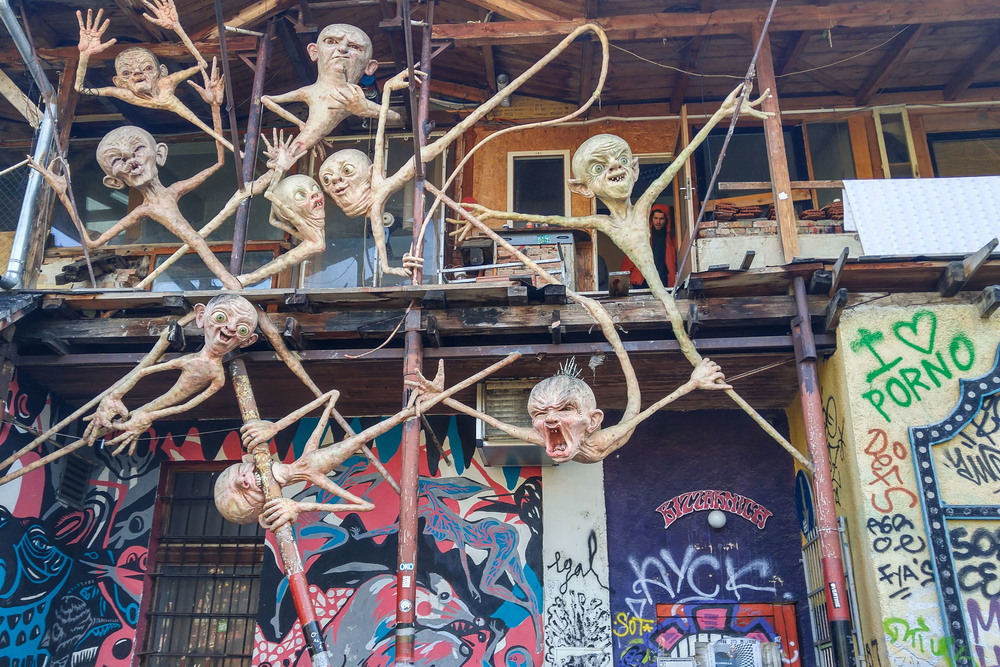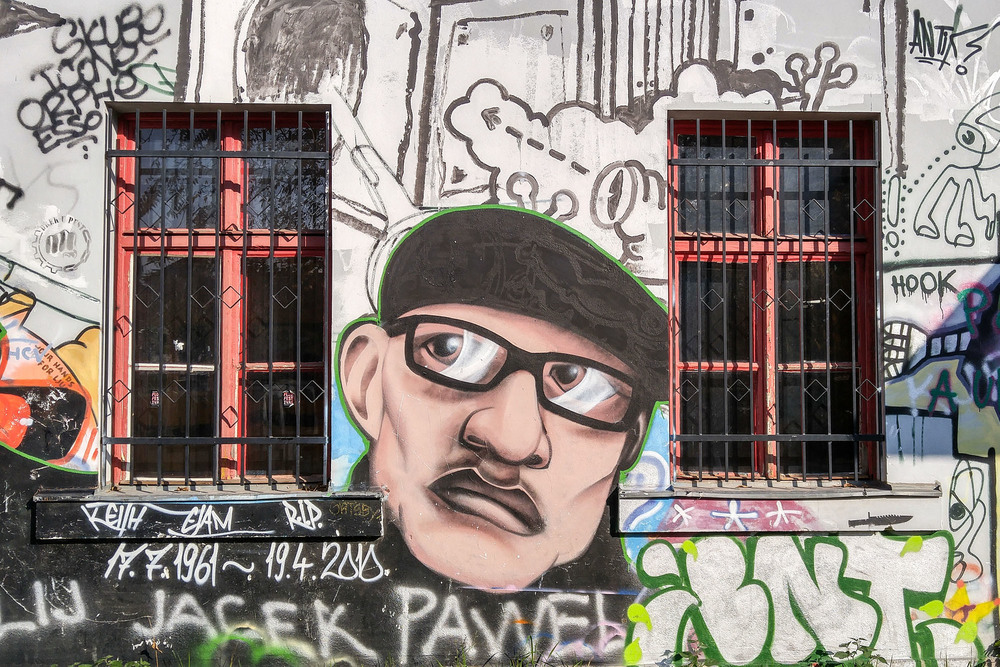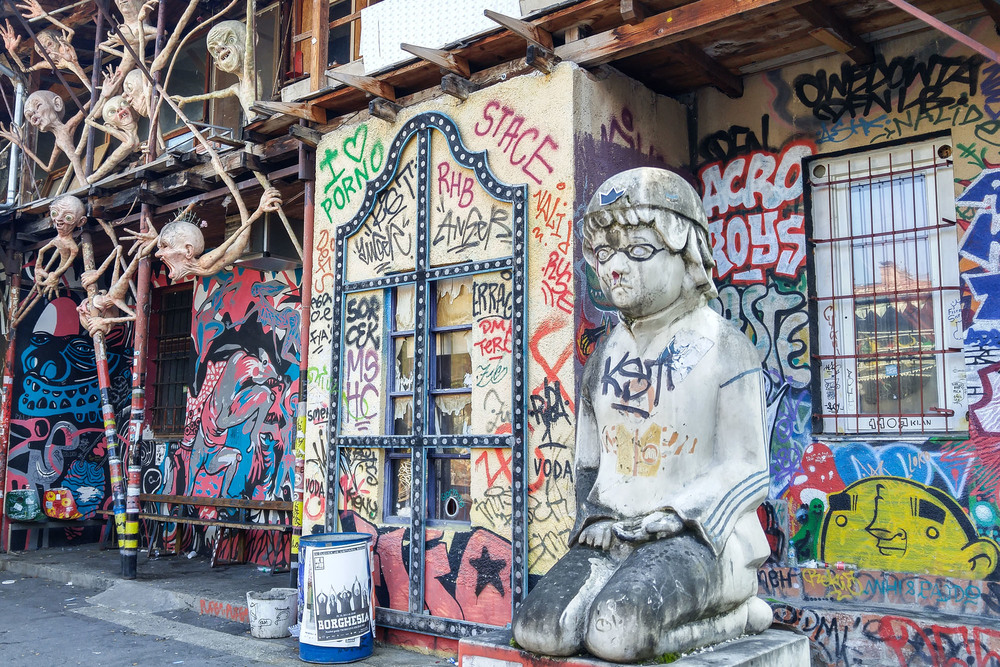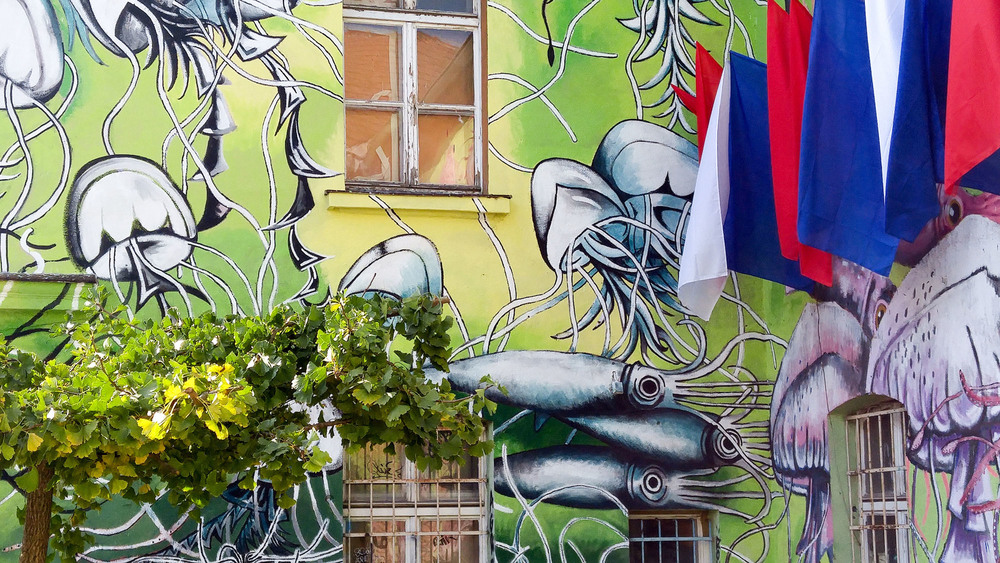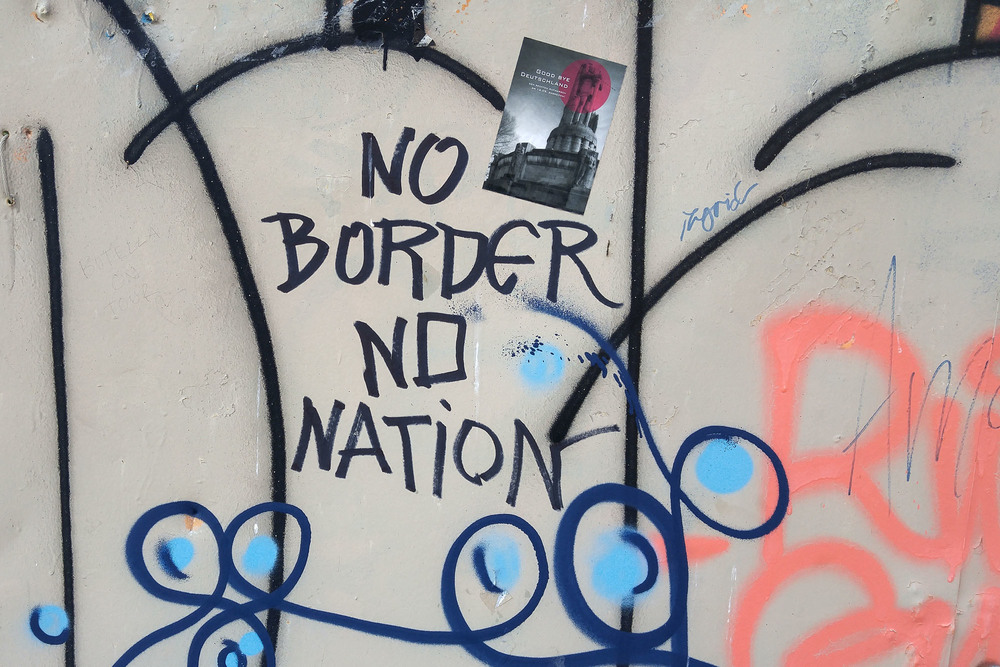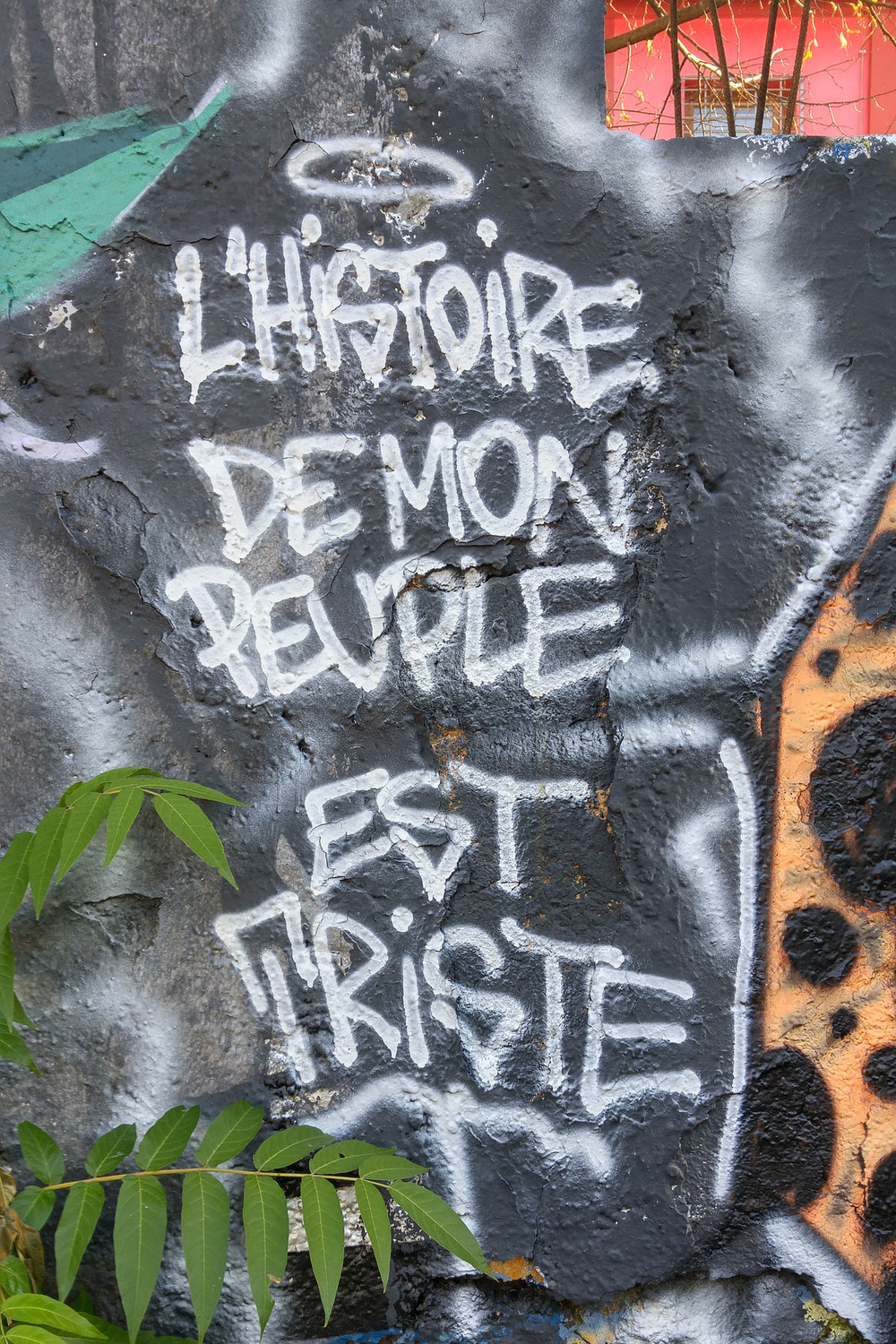Leica M10 - My impressions
/I have owned and used a Leica M10 for about 2 months and these are my impressions
Leica has listened to their users and addressed many of their concerns. The highly anticipated Leica M10 is slimmer which makes it easier to handle and more comfortable to hold. A slew of other features that were upgraded with this camera include:
- Thinner and lighter body
- Bigger and brighter rangefinder
- Configurable Favorites menu replaces the Set menu
- Higher resolution rear LCD with a changed aspect ratio
- Simplified button layout
- Redesigned and dedicated ISO dial
- Improved weather sealing
- Faster buffering, processing and writing to disk
- Continuous shooting is lightning fast
- Superior high ISO capability
- Shoot wide aperture in good light with ease with the 100 ISO base
- Equipped with the Visoflex EVF for higher resolution and bright and clear images
- Less shutter lag and blackout with the live view feature
- Ability to move the exposure and zoom focus point while in live view
You get all these great features that the other cameras do not have and the only sacrifices you'll have to make are reduced battery life and no video.
This great little camera is about 50 grams lighter than the previous camera with dimensions being identical to the M6ttl and the M7. The thumb grip is a little deeper for a better grip and adds to the comfort level.
The redesigned rangefinder is about 30 percent larger and has a magnification of .72 versus the .68 found on previous cameras. This subtle improvement means you can see the 28 mm frame lines more easily and focusing is much easier with the high magnification.
Weather sealing makes shooting in bad weather easier. You still have to protect the camera when shooting in the rain because the M10 cannot be entirely weatherproof. But, the camera will be fine even in the rain if handled with care.
When you press the Menu button, it brings up the Favorites menu which replaces the Set menu in previous cameras. The Favorites menu is a handy option since you can add any options you choose to this menu. Even better, you can configure a Favorites menu for each of your User Pre-Sets.
The ISO dial has a nice look and feel. And, with all three principle variables for exposure - shutter speed, aperture and ISO - intelligently made visible on the outside of the camera, using the camera has never been more convenient. The dial has options for 100, 200, 400, 800, 1600, 3200 and 6400 ISO. The auto option is marked by a red A while an M marks the option for Menu. The figures on the dial always override what is set in the Menu.
Although battery life is shorter than in previous cameras, Leica has improved battery life reporting. You start getting warnings from about 5 percent that you are low on battery life. The battery life remaining reduces evenly and the camera works until the battery dies. The INFO screen shows the battery life remaining as a long bar and as a percentage. The bar will be coloured green at 100 percent and will gradually go through yellow to red once you reach 5 percent.
One thing I must say puzzels me
Leica Partnered up with Huawei Android phone. For the M10 there is an iPhone app not compatible with Android. Selling in same-store Android phones AND a camera that cannot use the android app! This questions logic big time! And will there be one? In order at least to restore logic? My Fuji has no problem in connecting with Andorids or IOS ;-)
I have sold my trusted M240 that I will occasionally miss, sold my Leica Q (I never liked, preferred one of my Fujifilm) and kept my Monochrom!
If you're looking for a great camera that has made some drastic improvements, then the Leica M10 is for you. It is designed for easy handling and the upgrades ensure you'll get the best shots.














